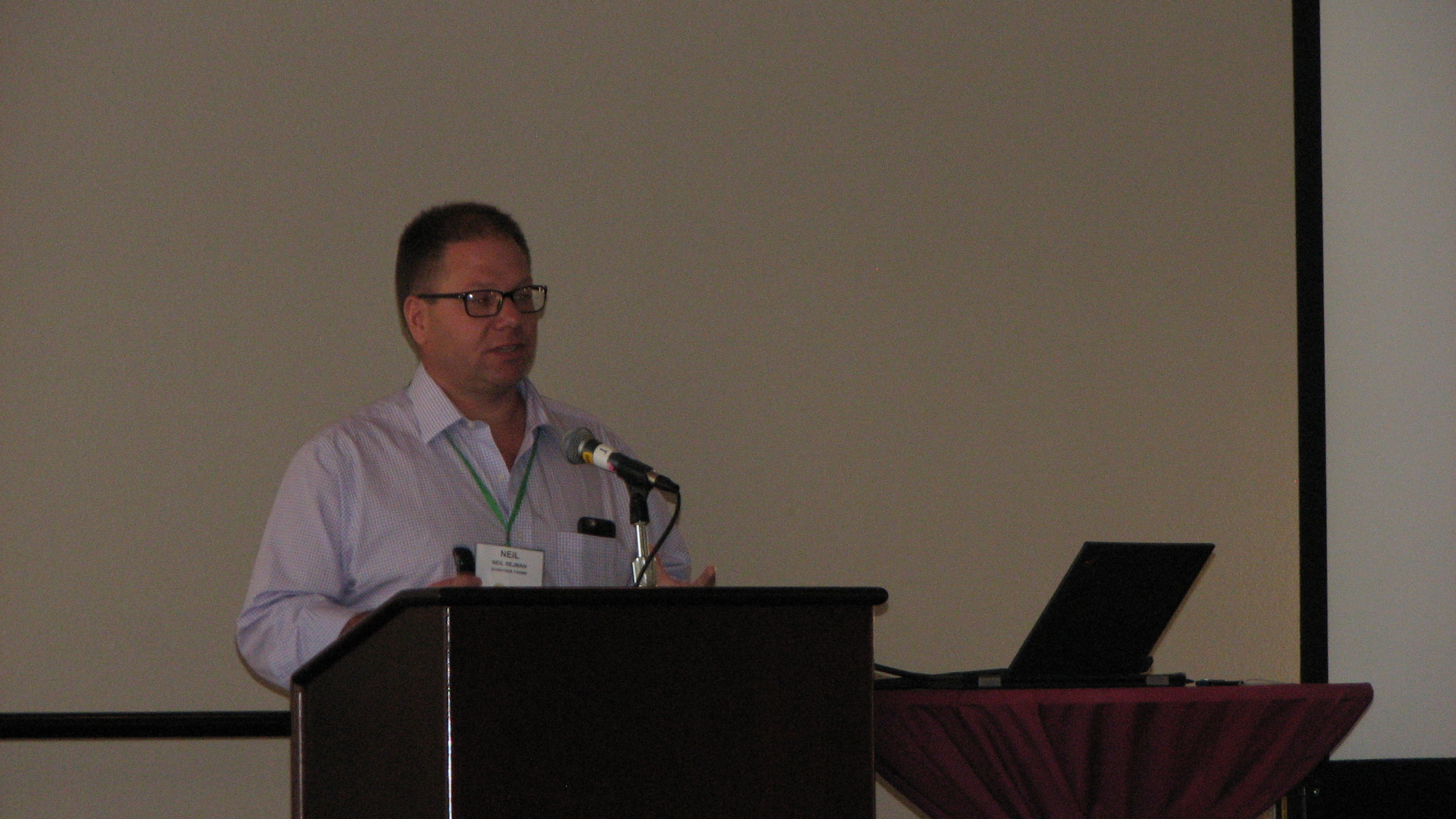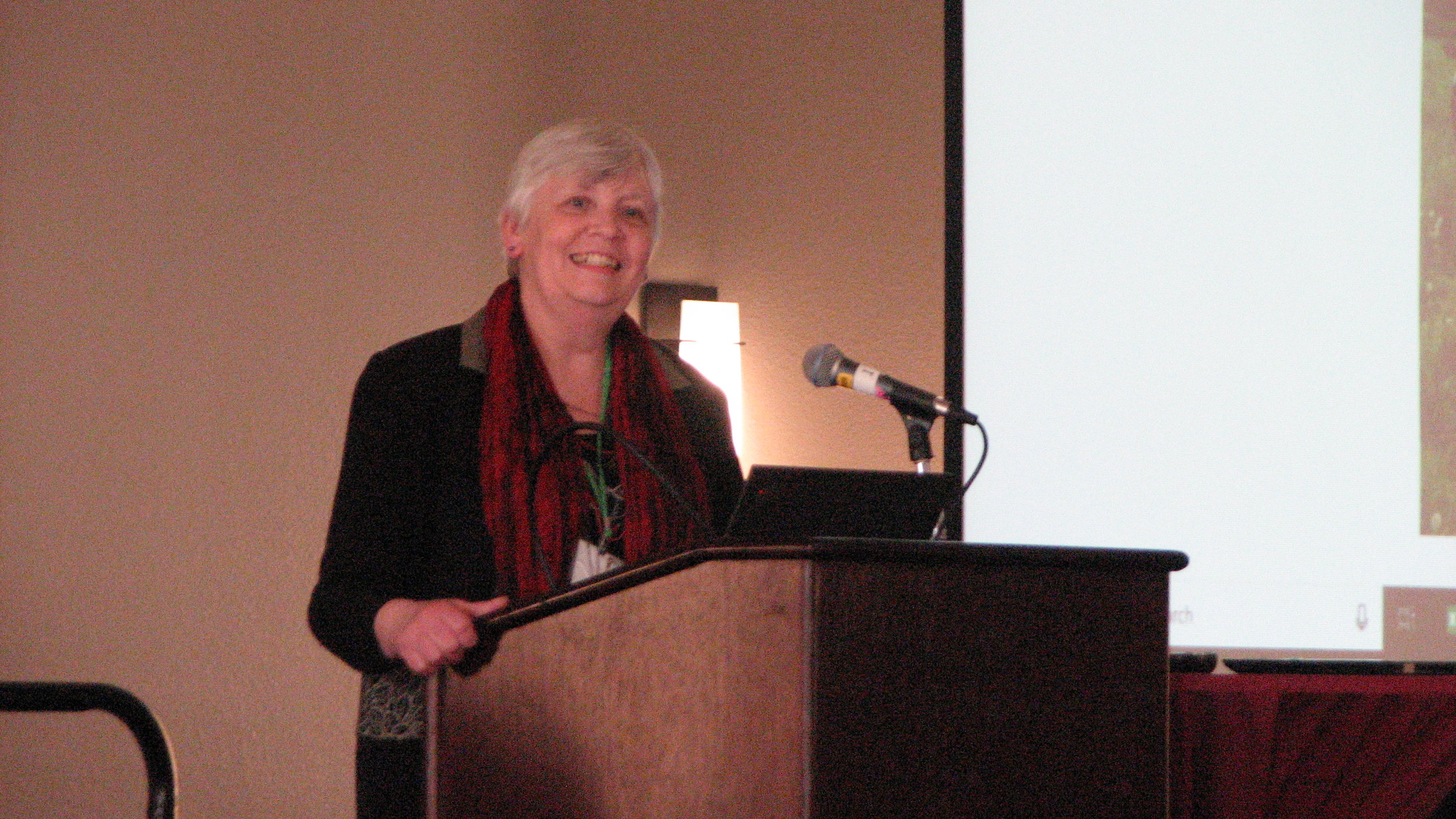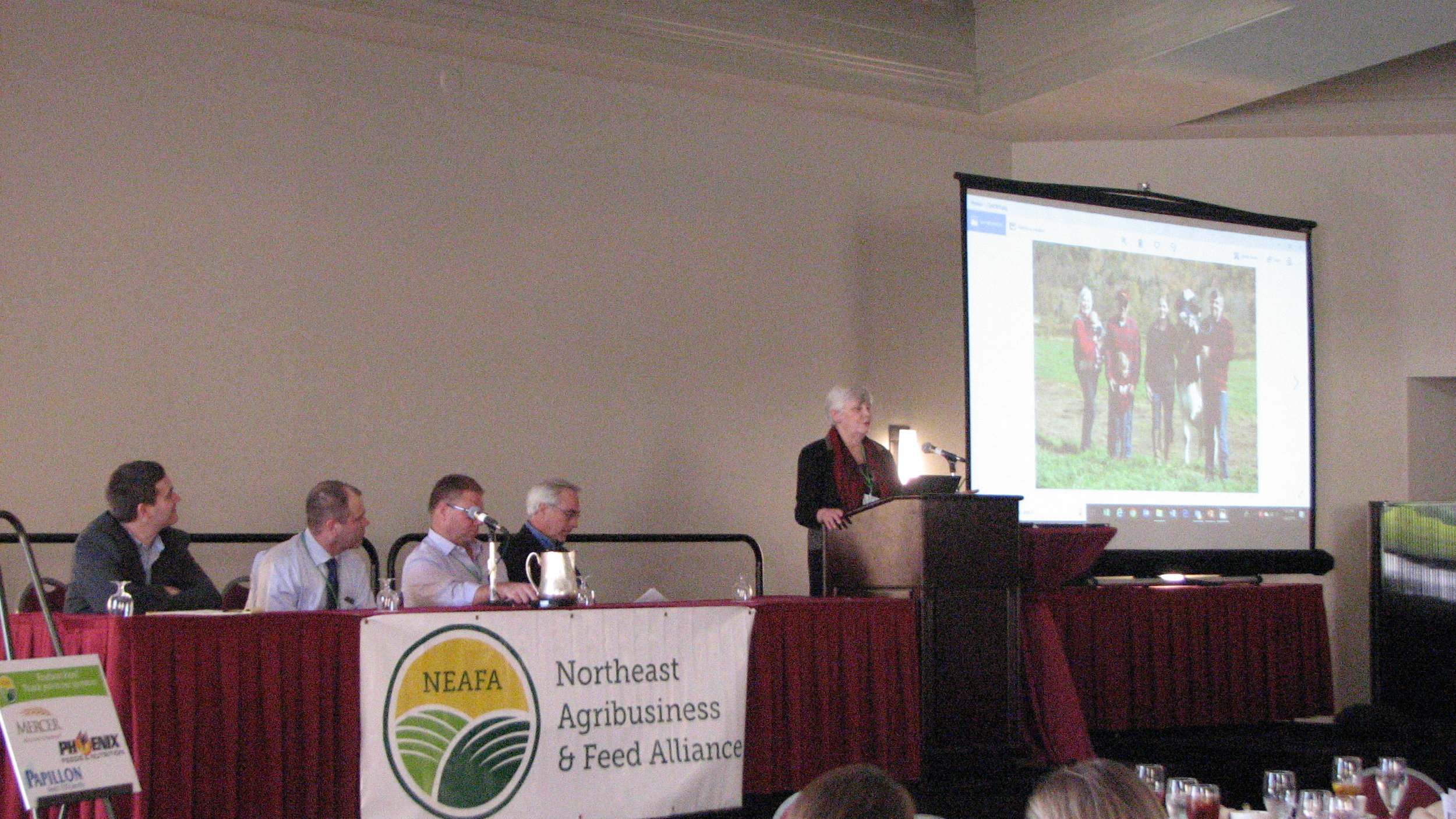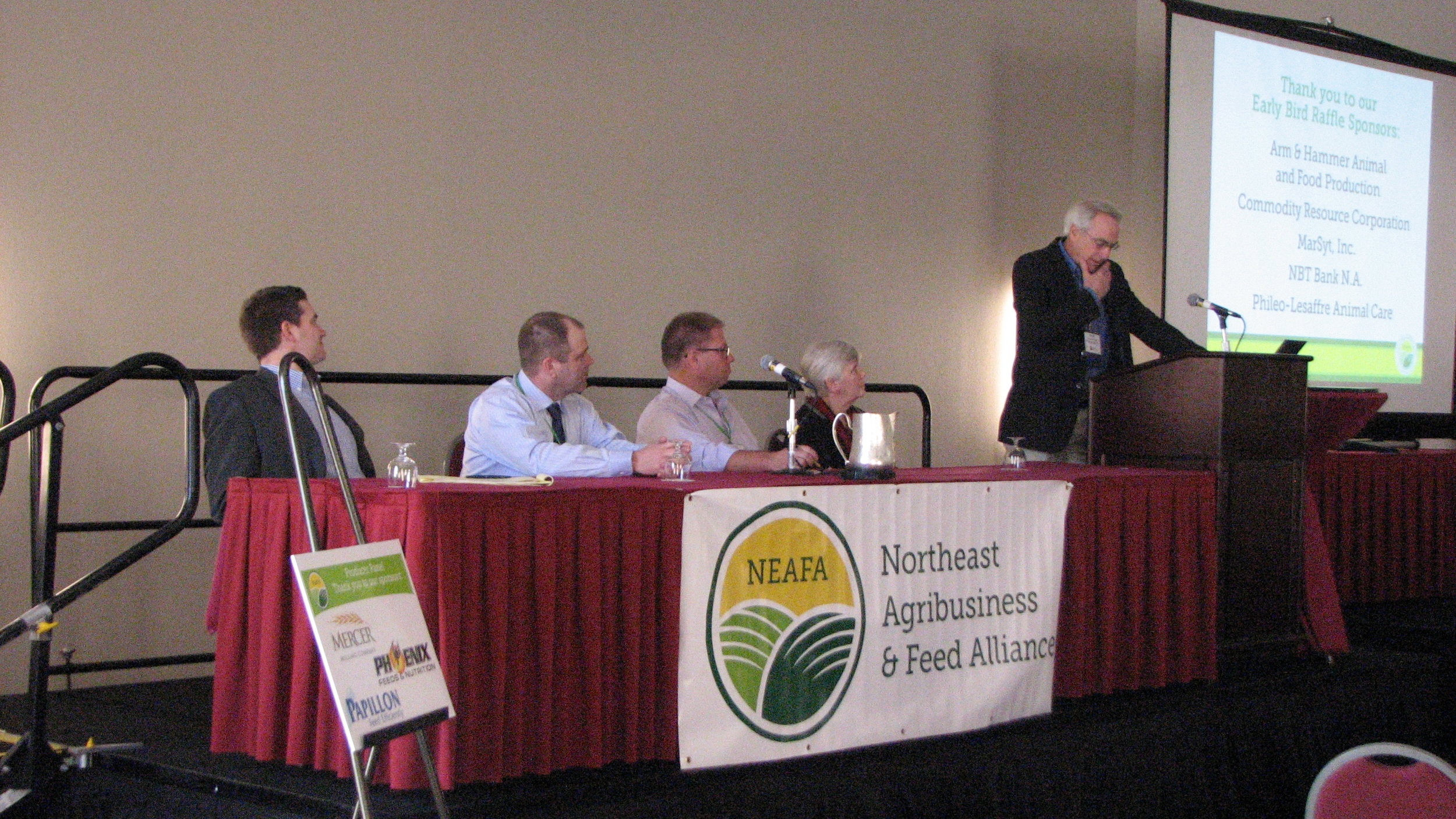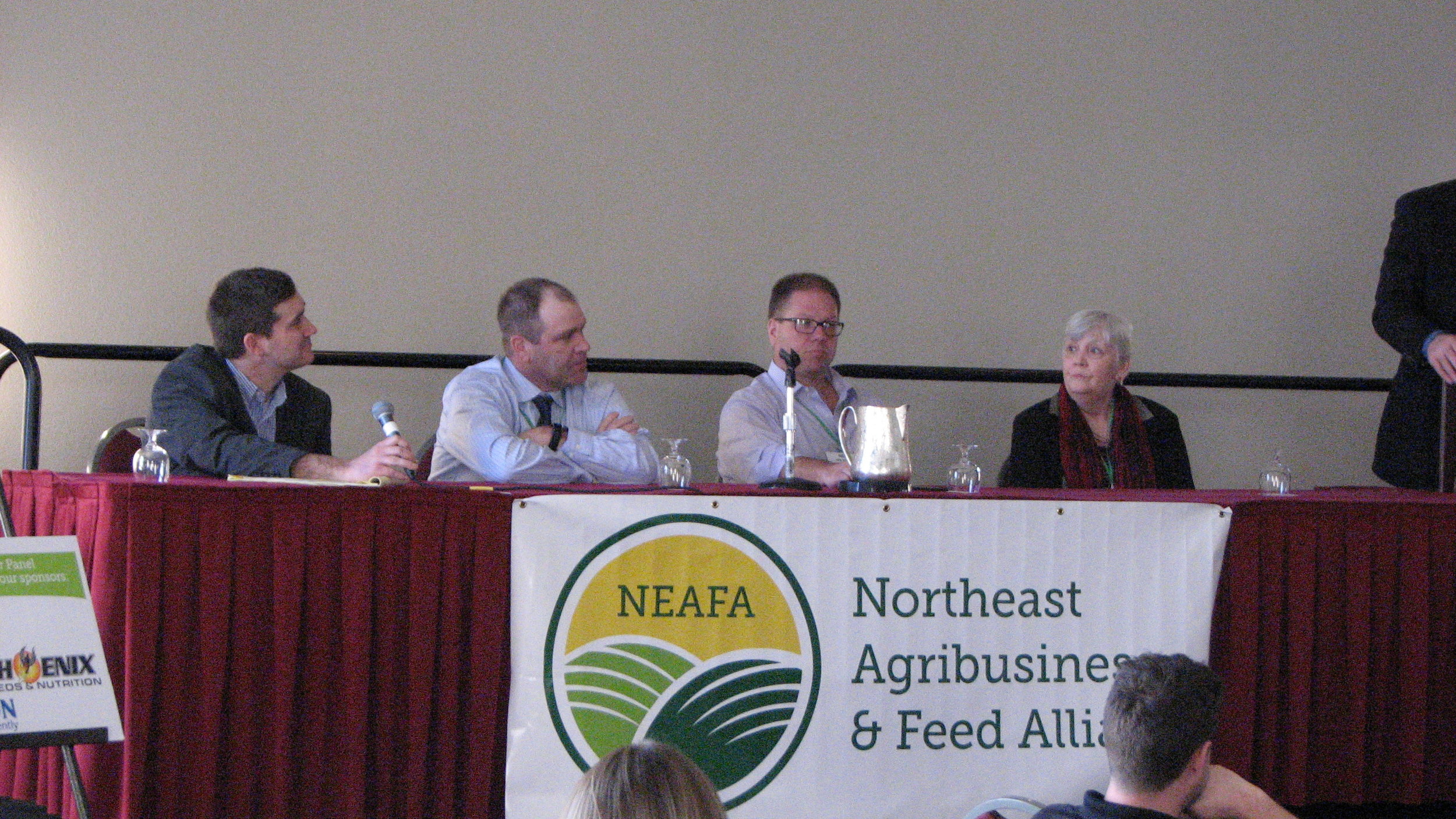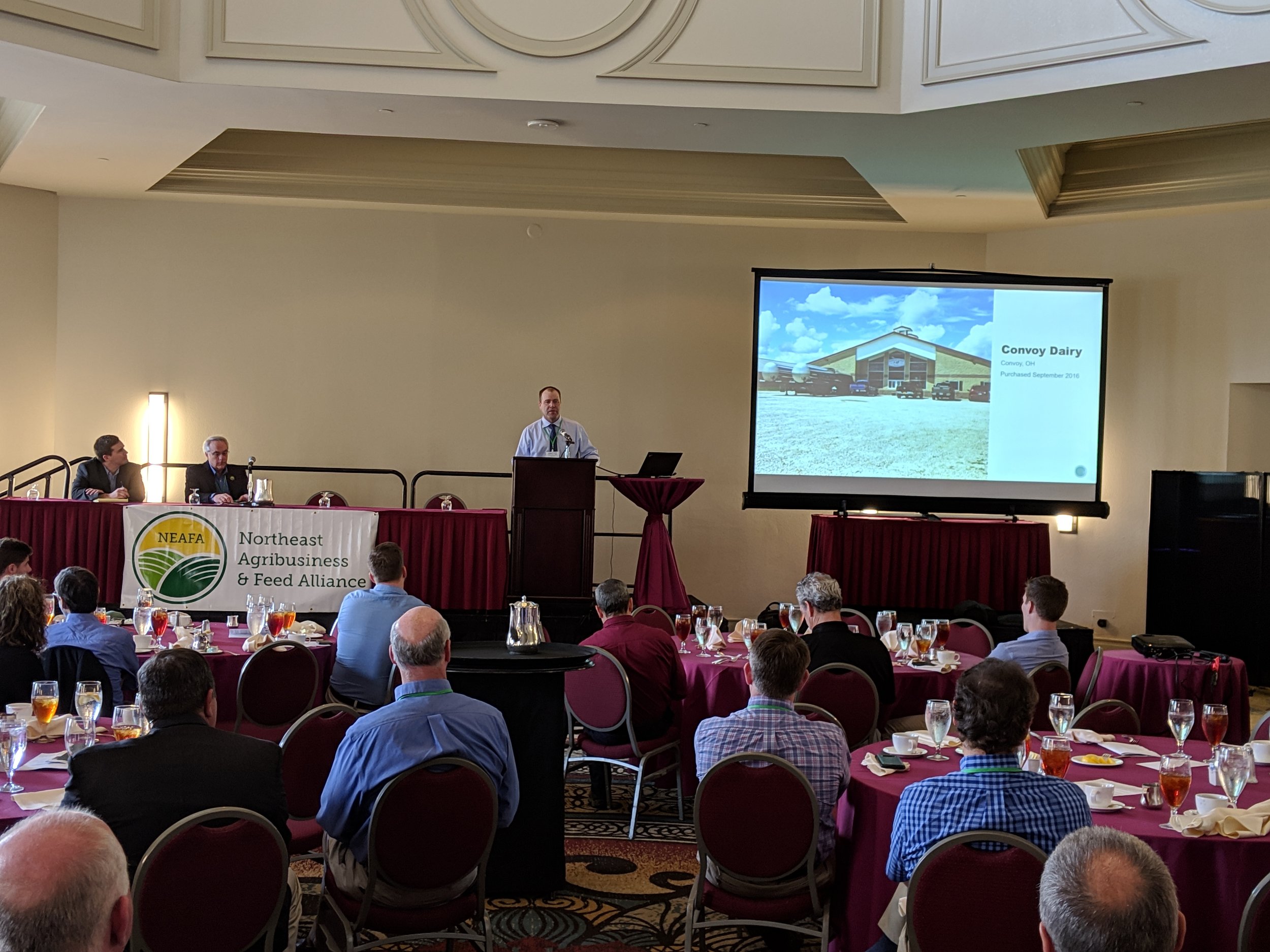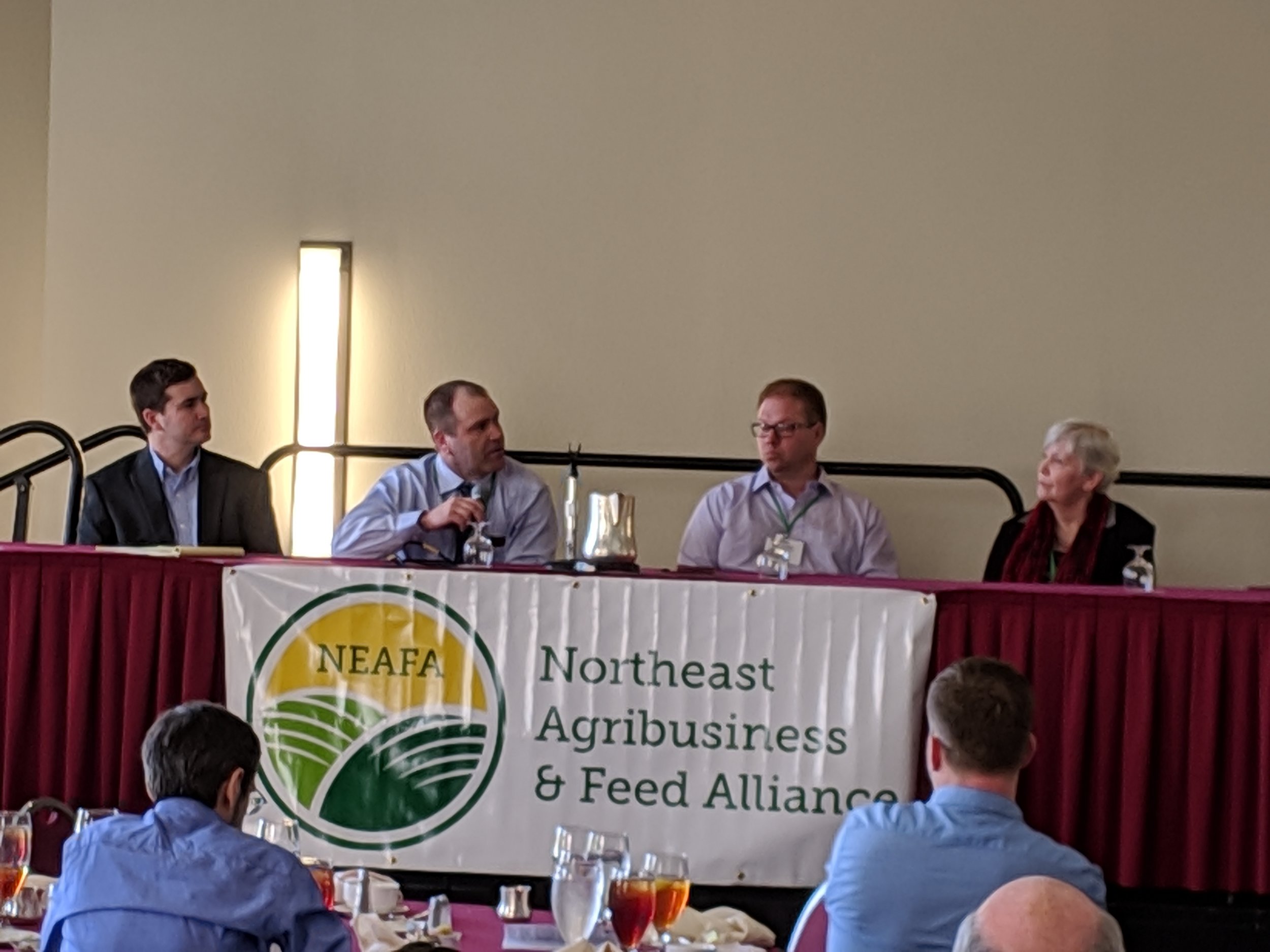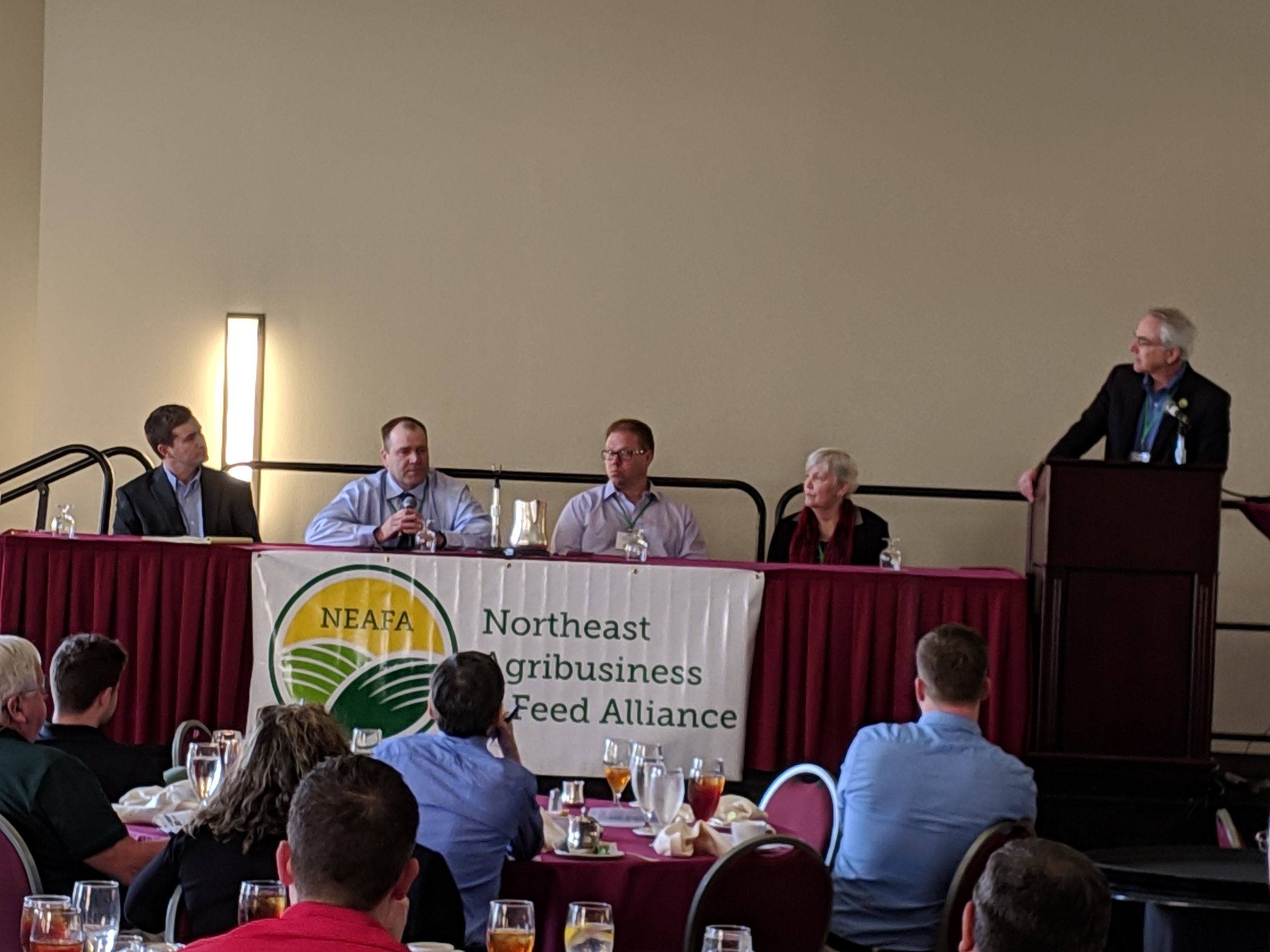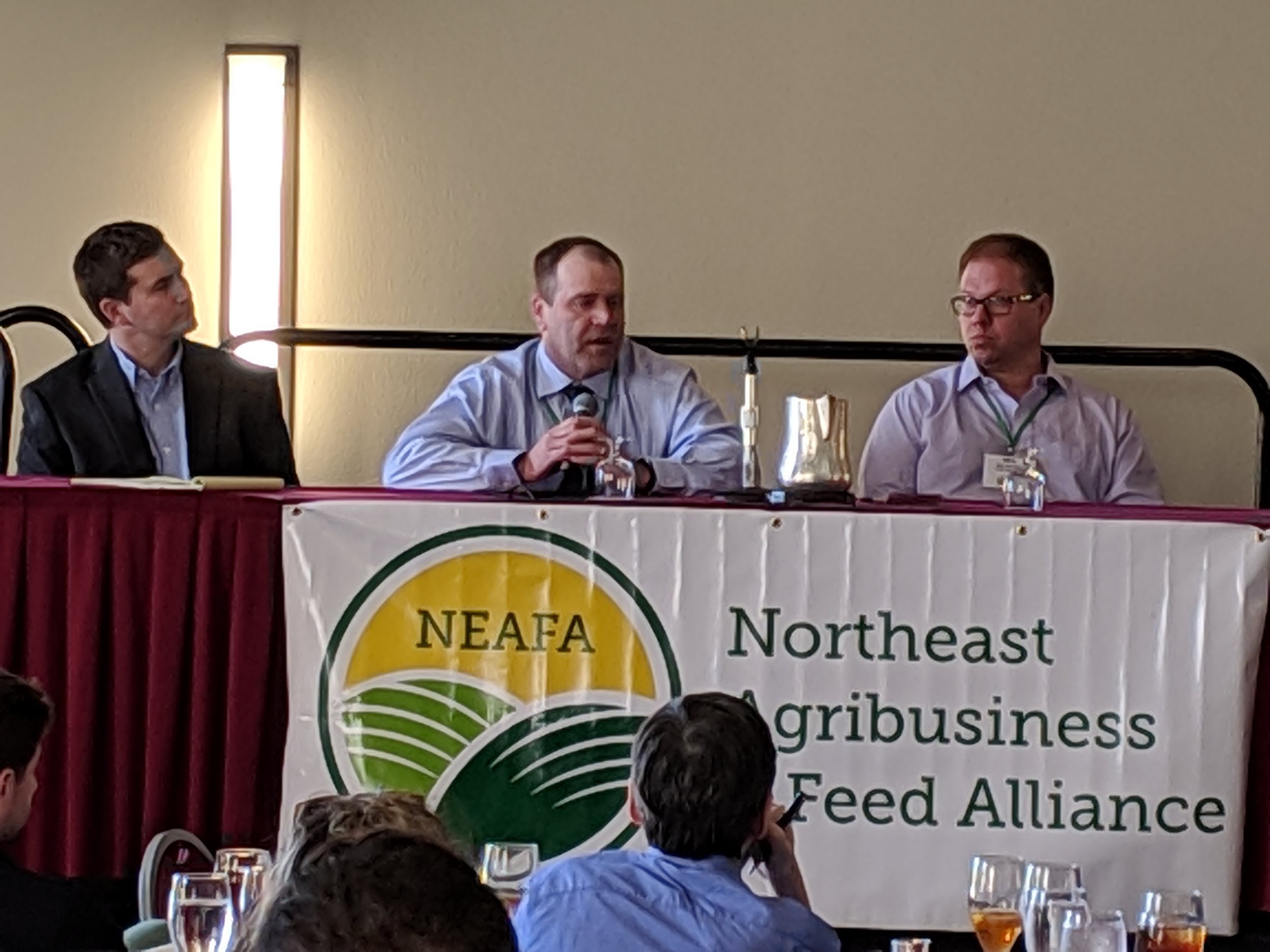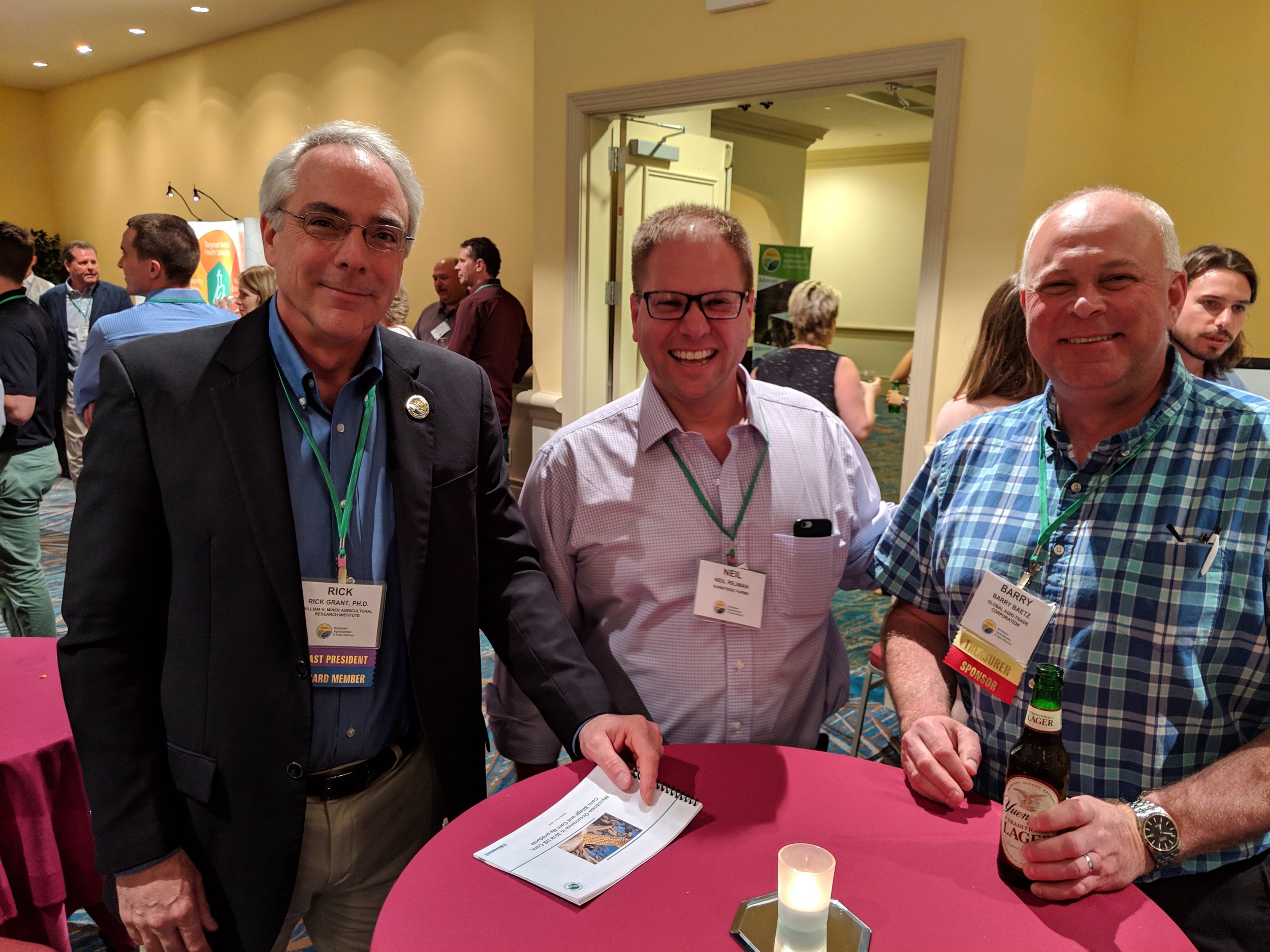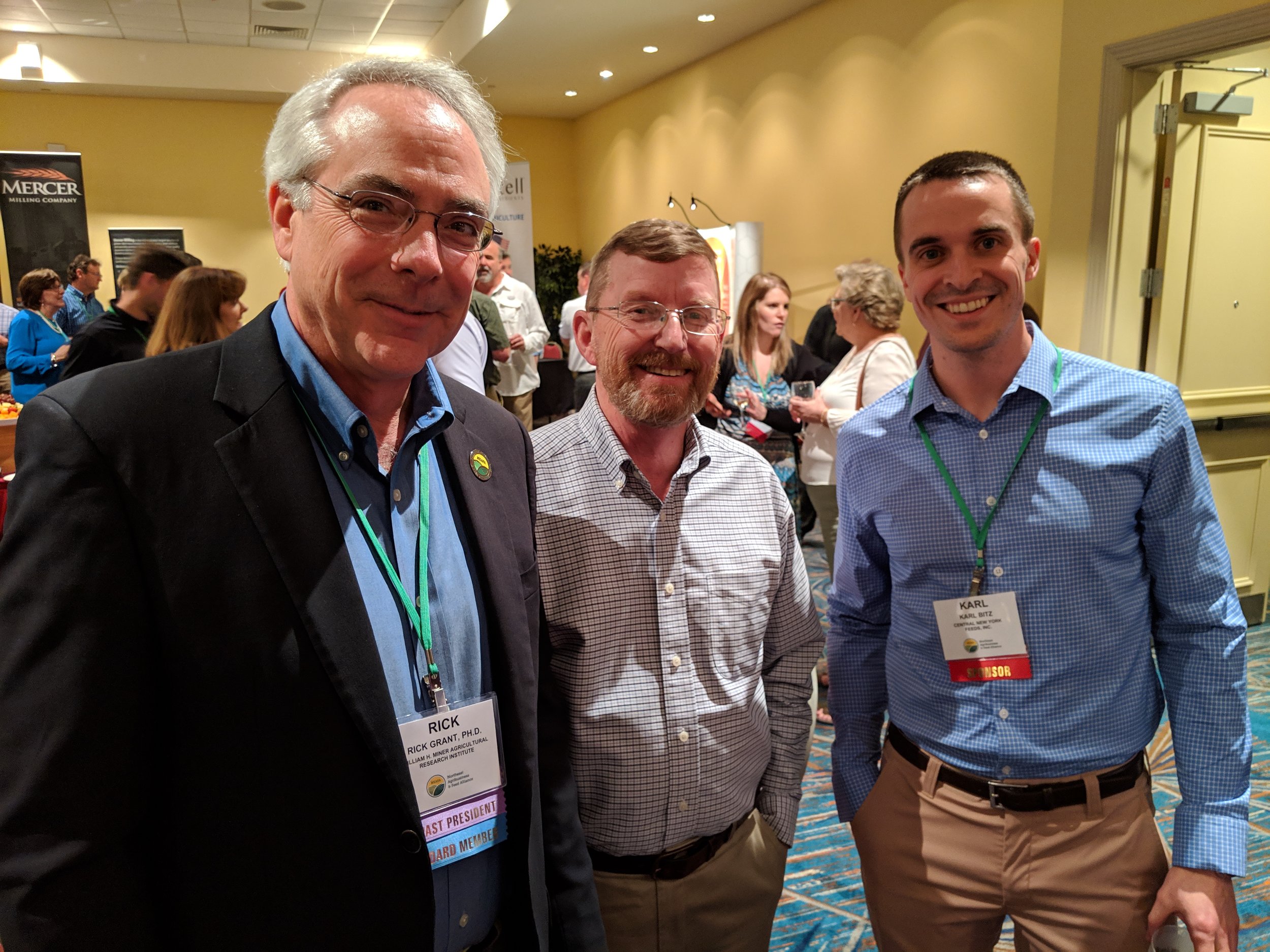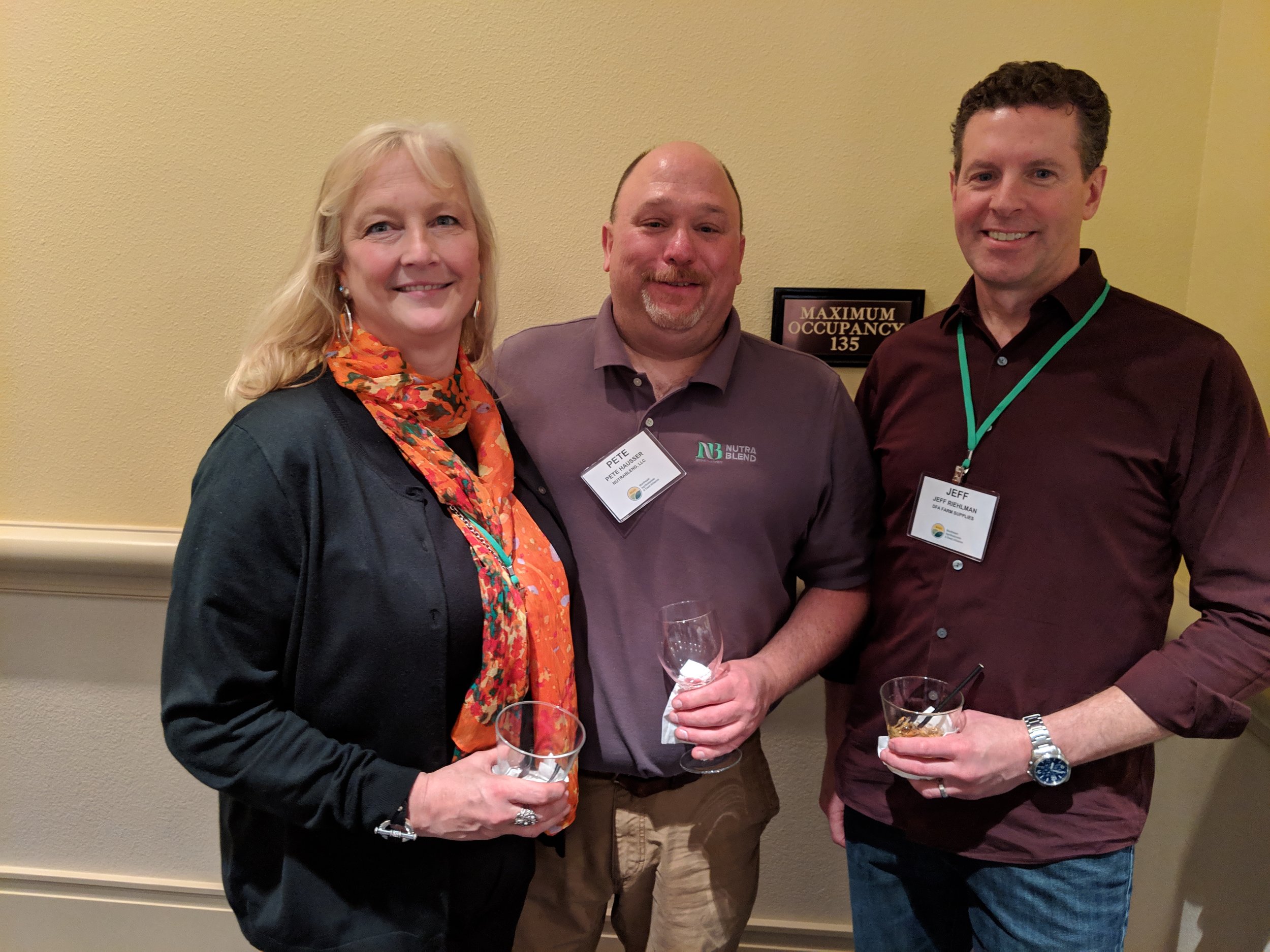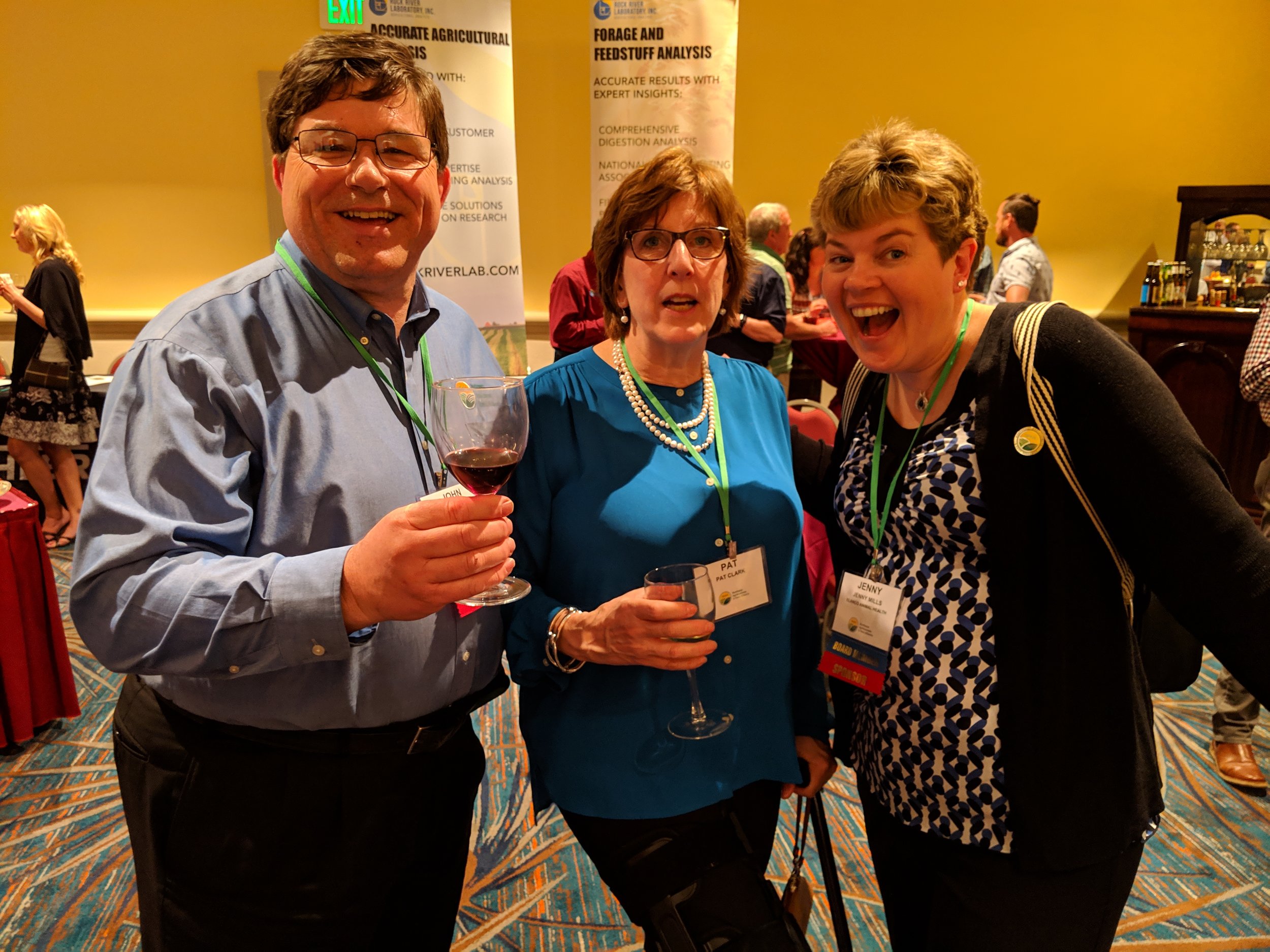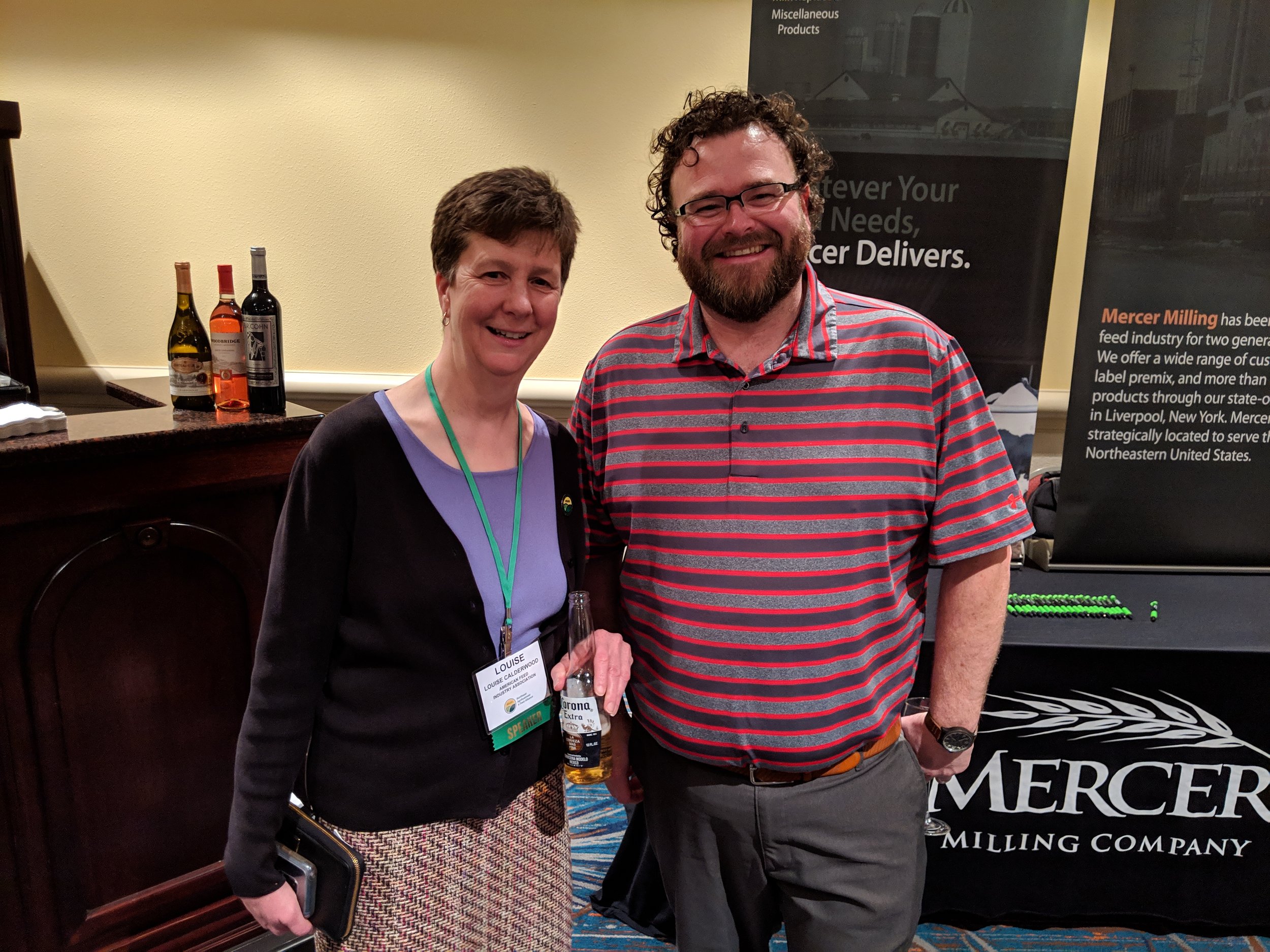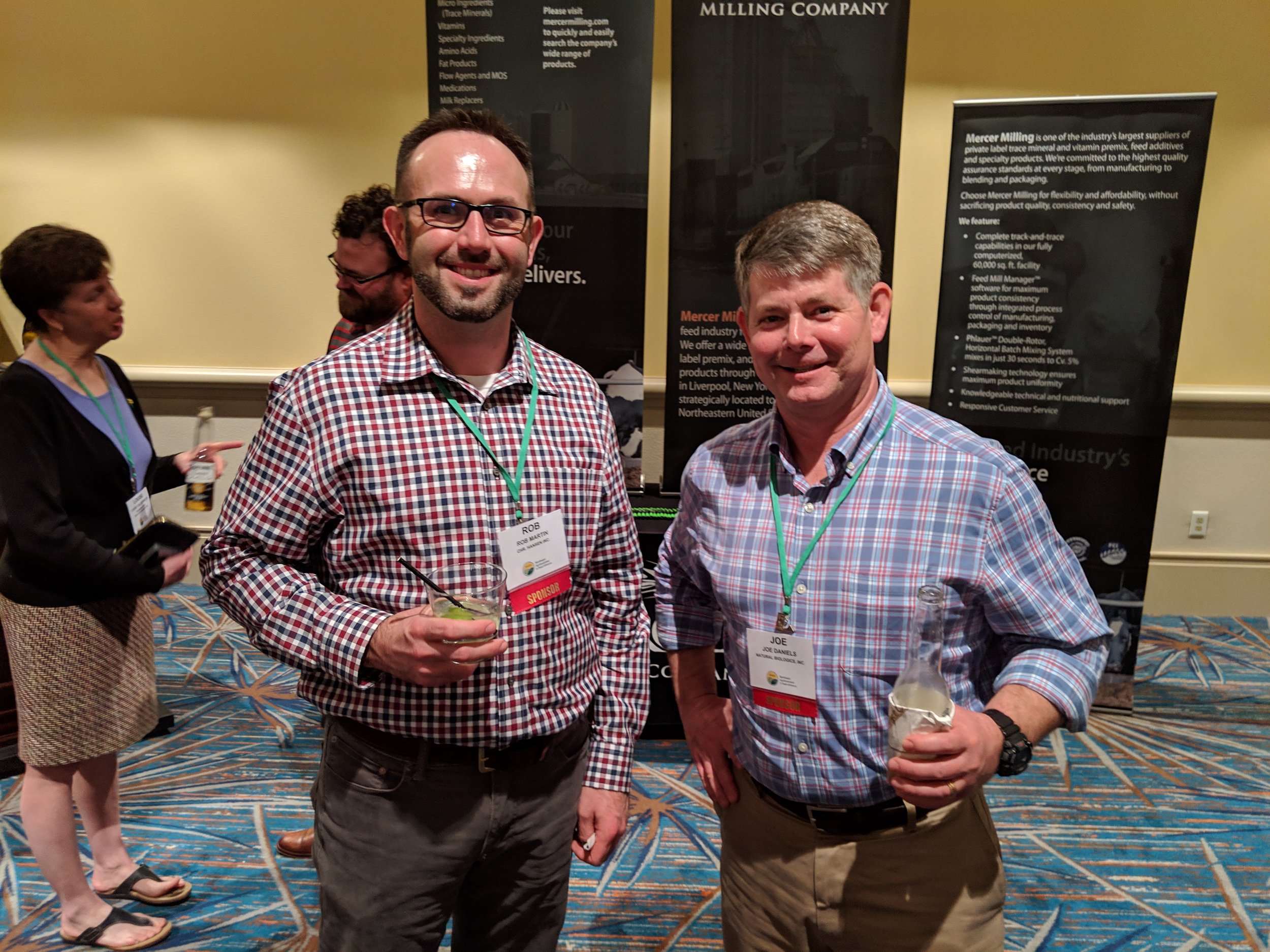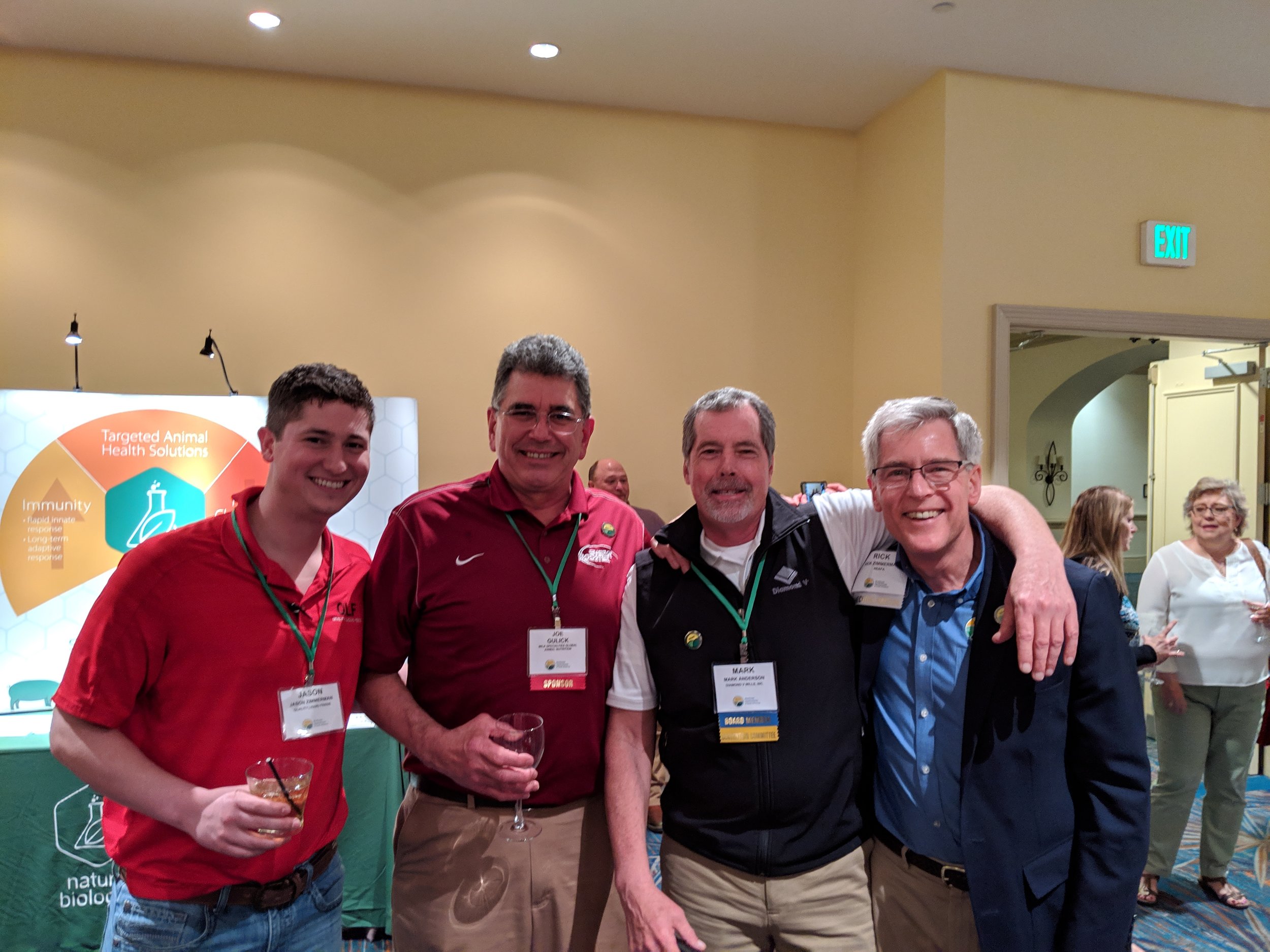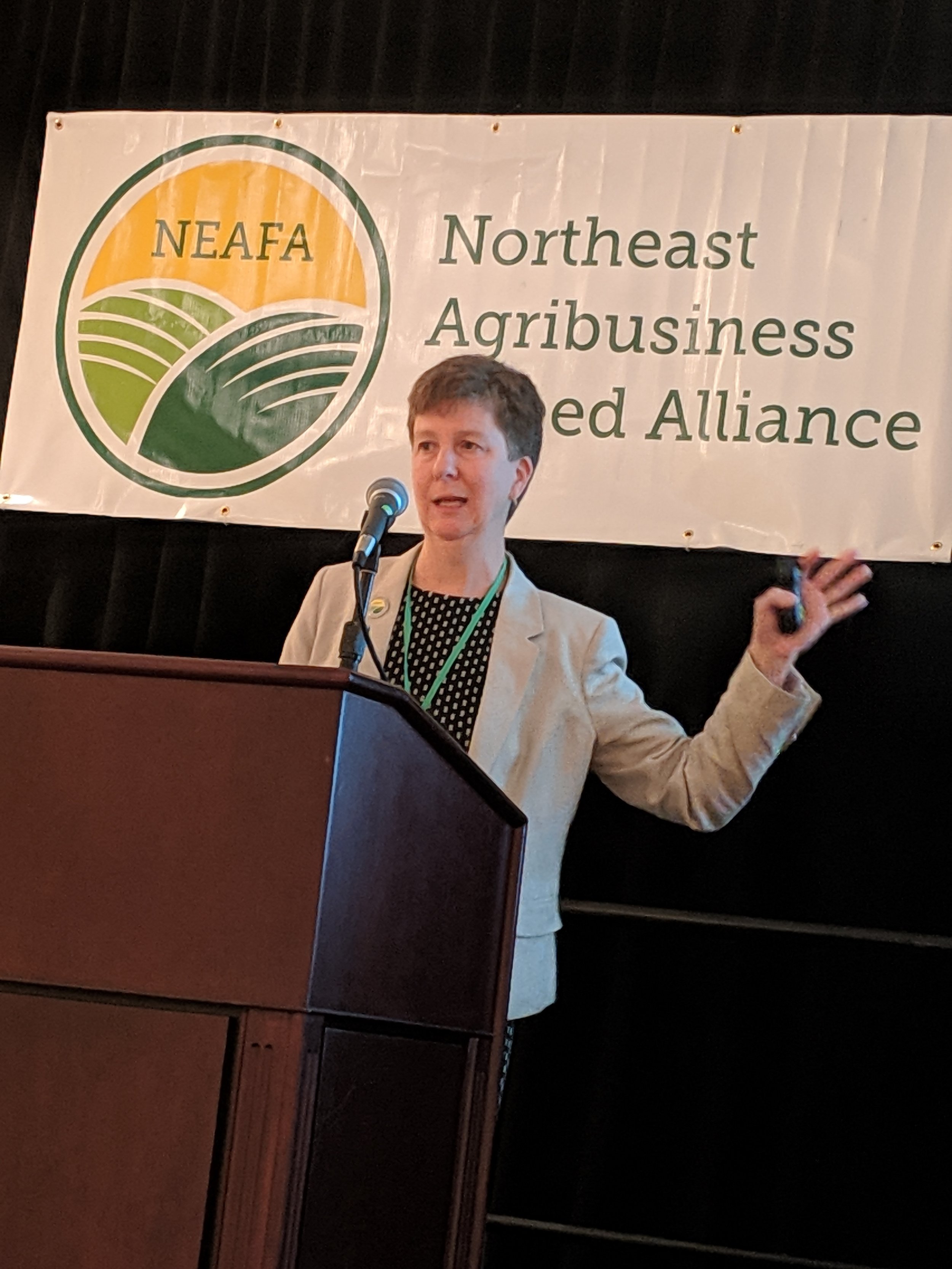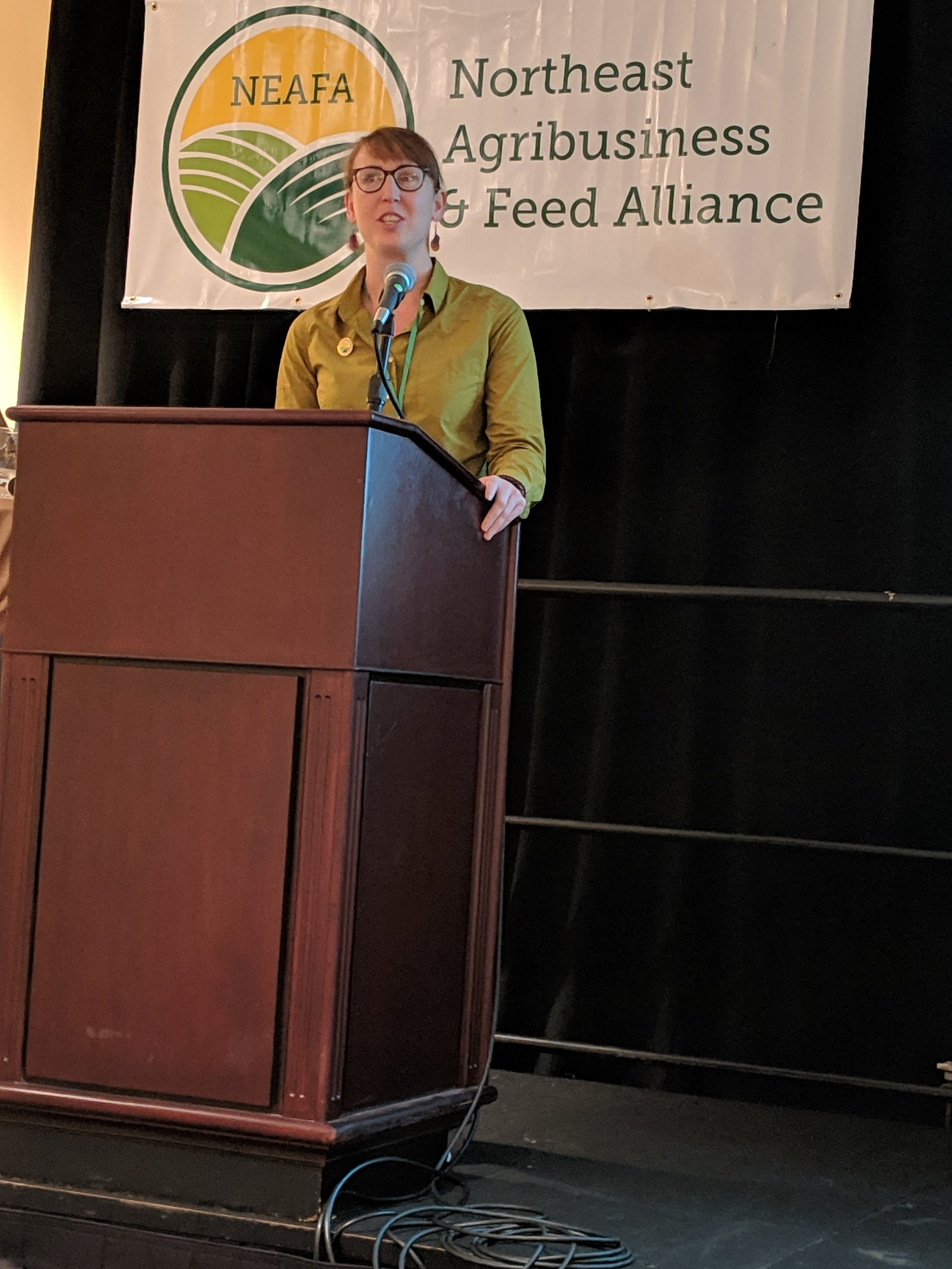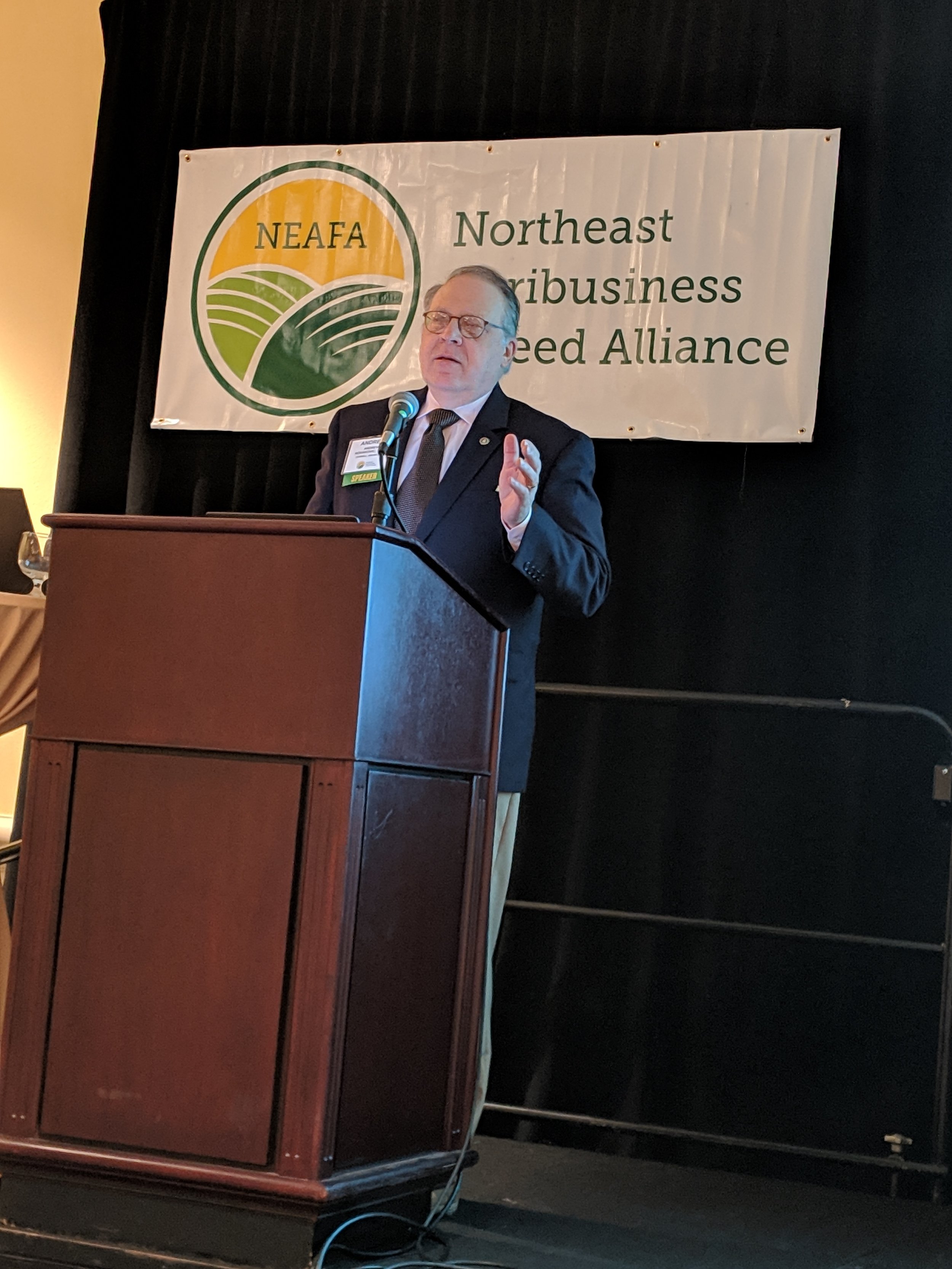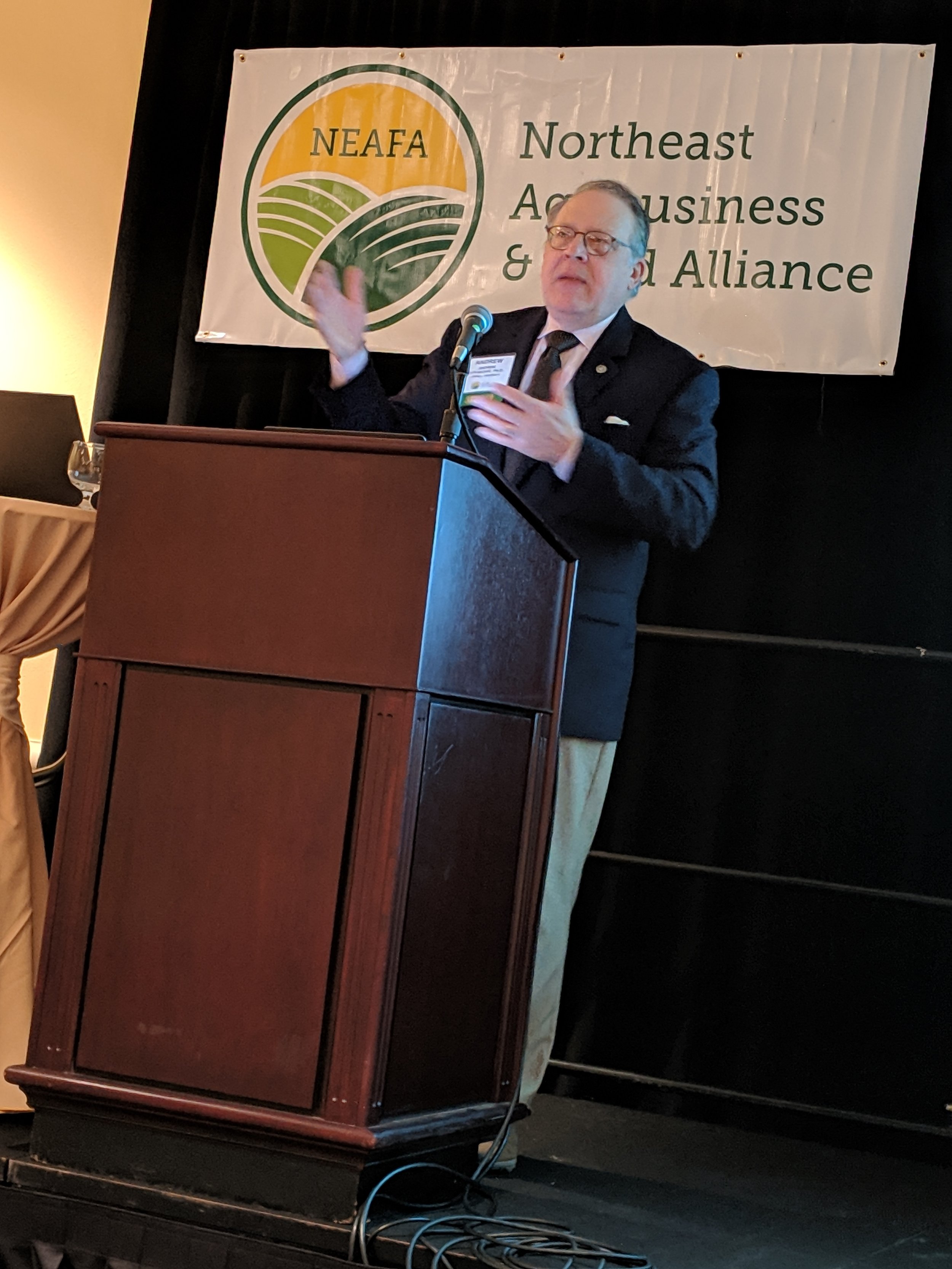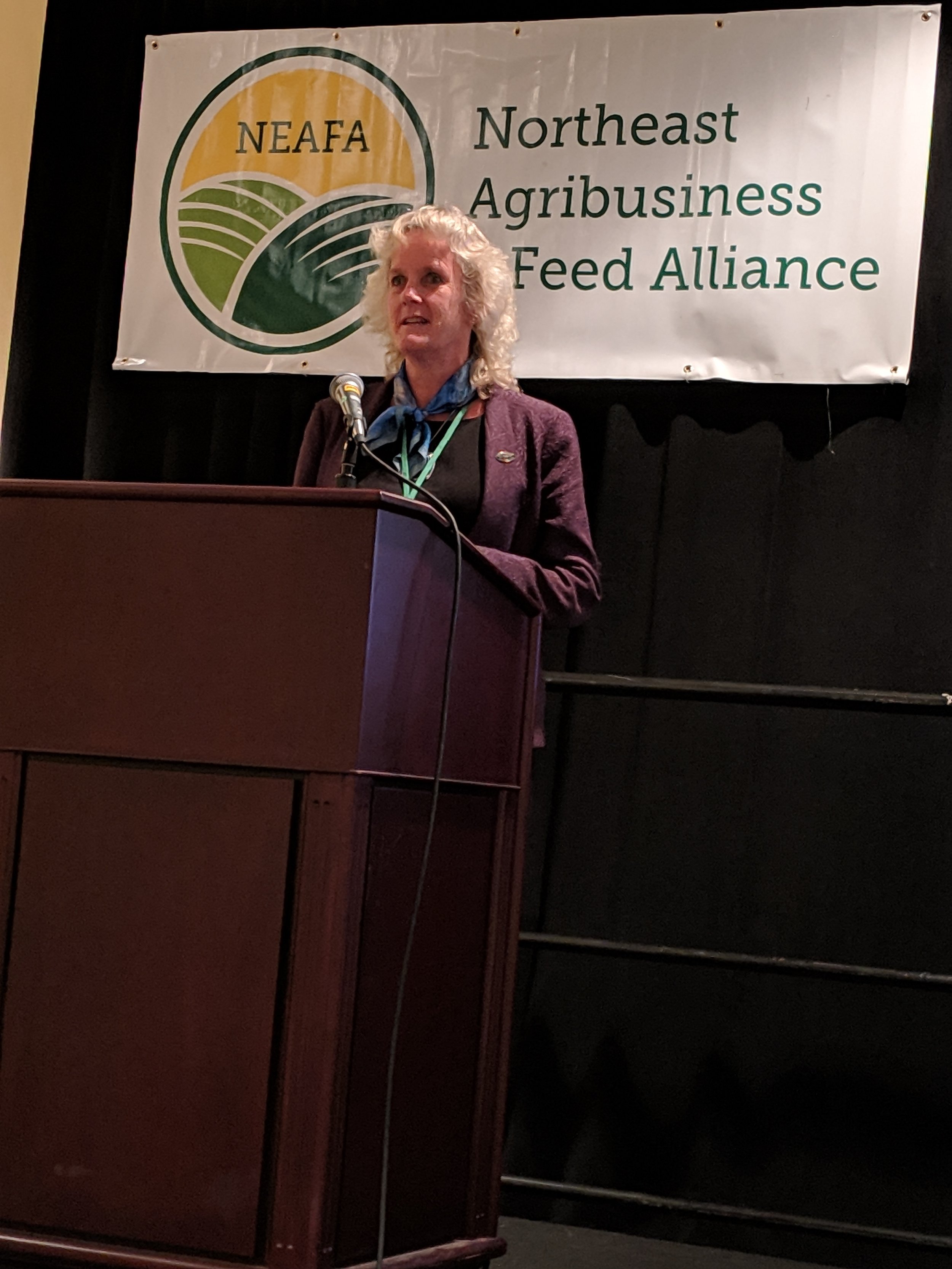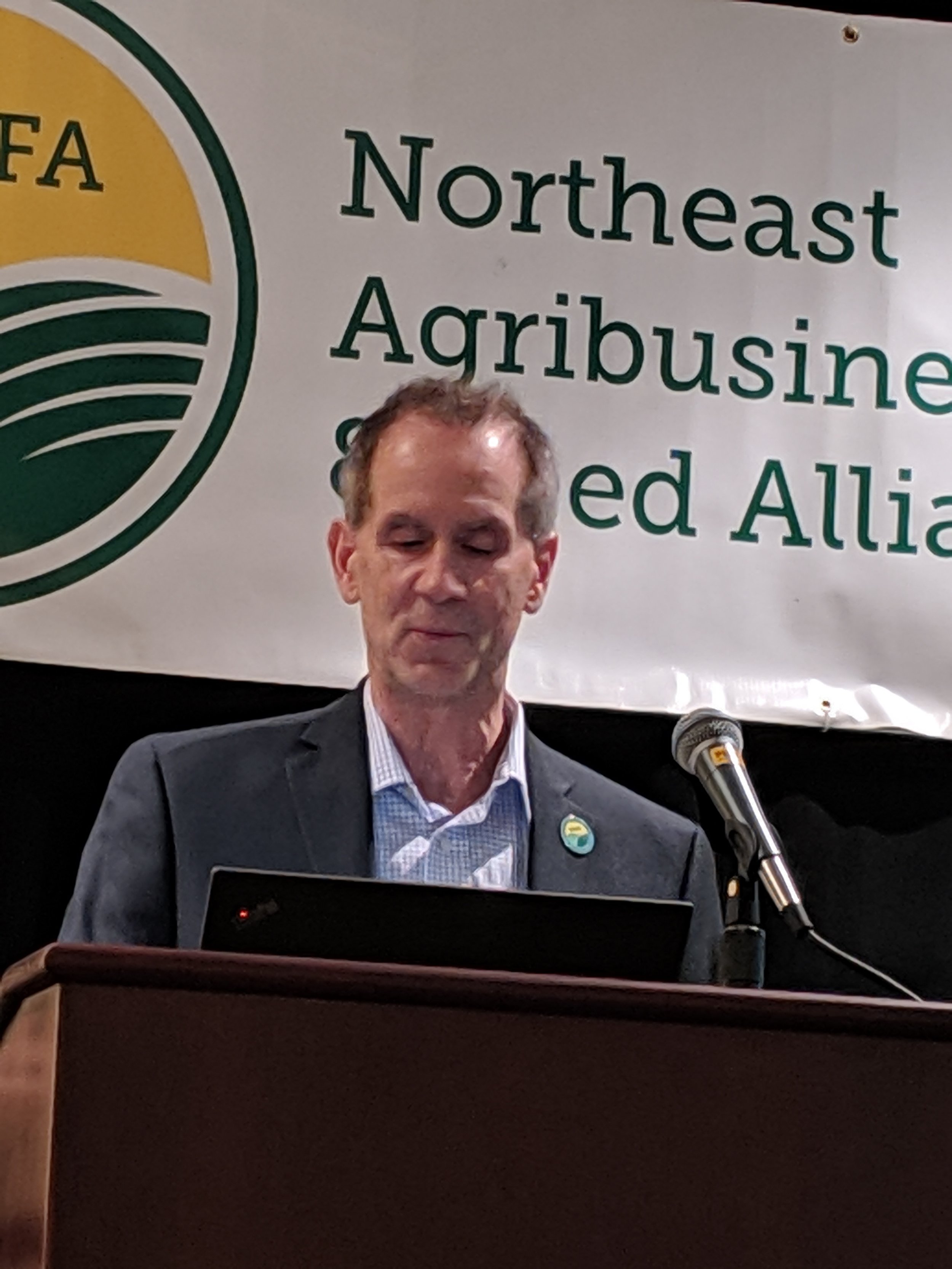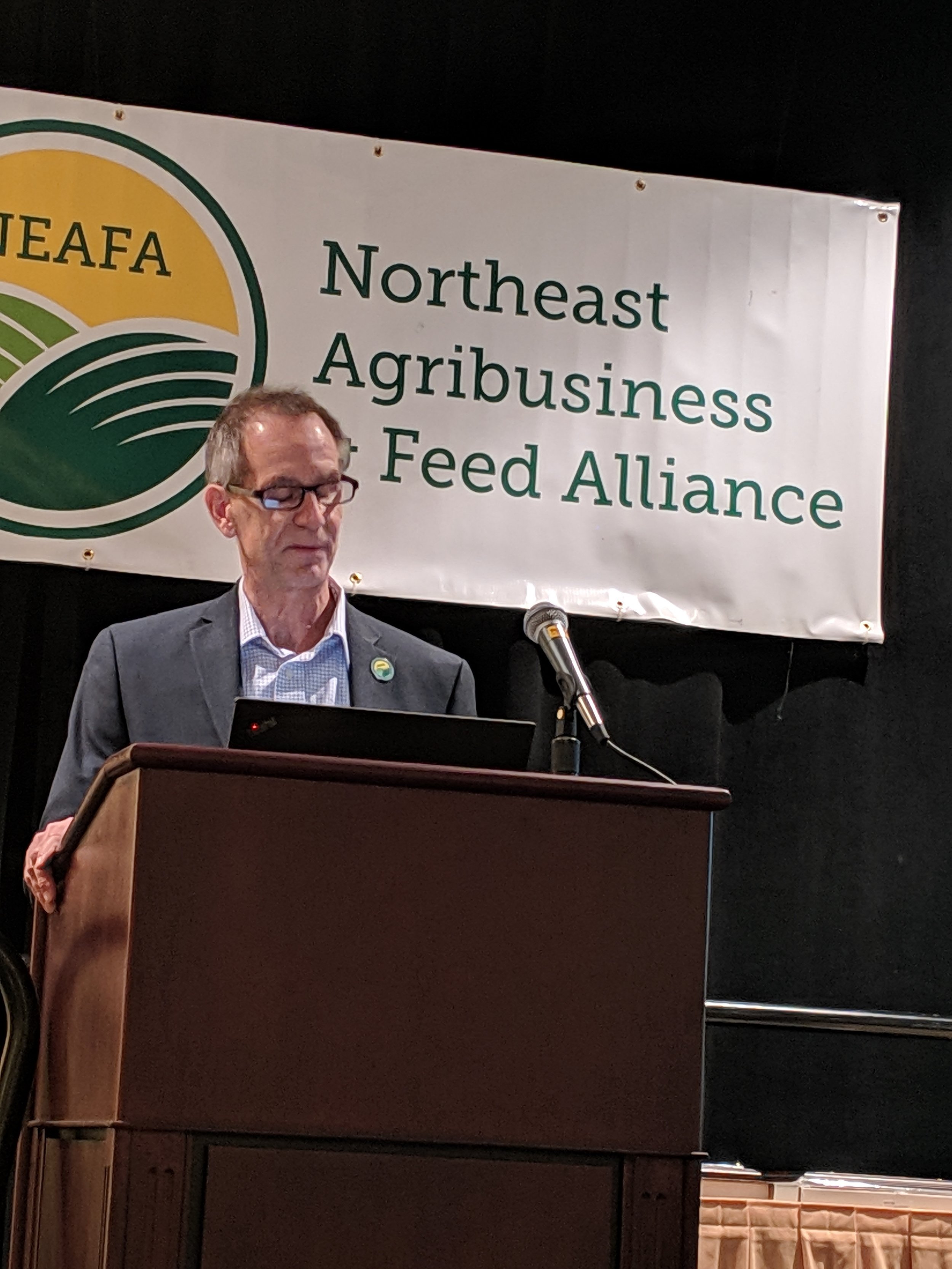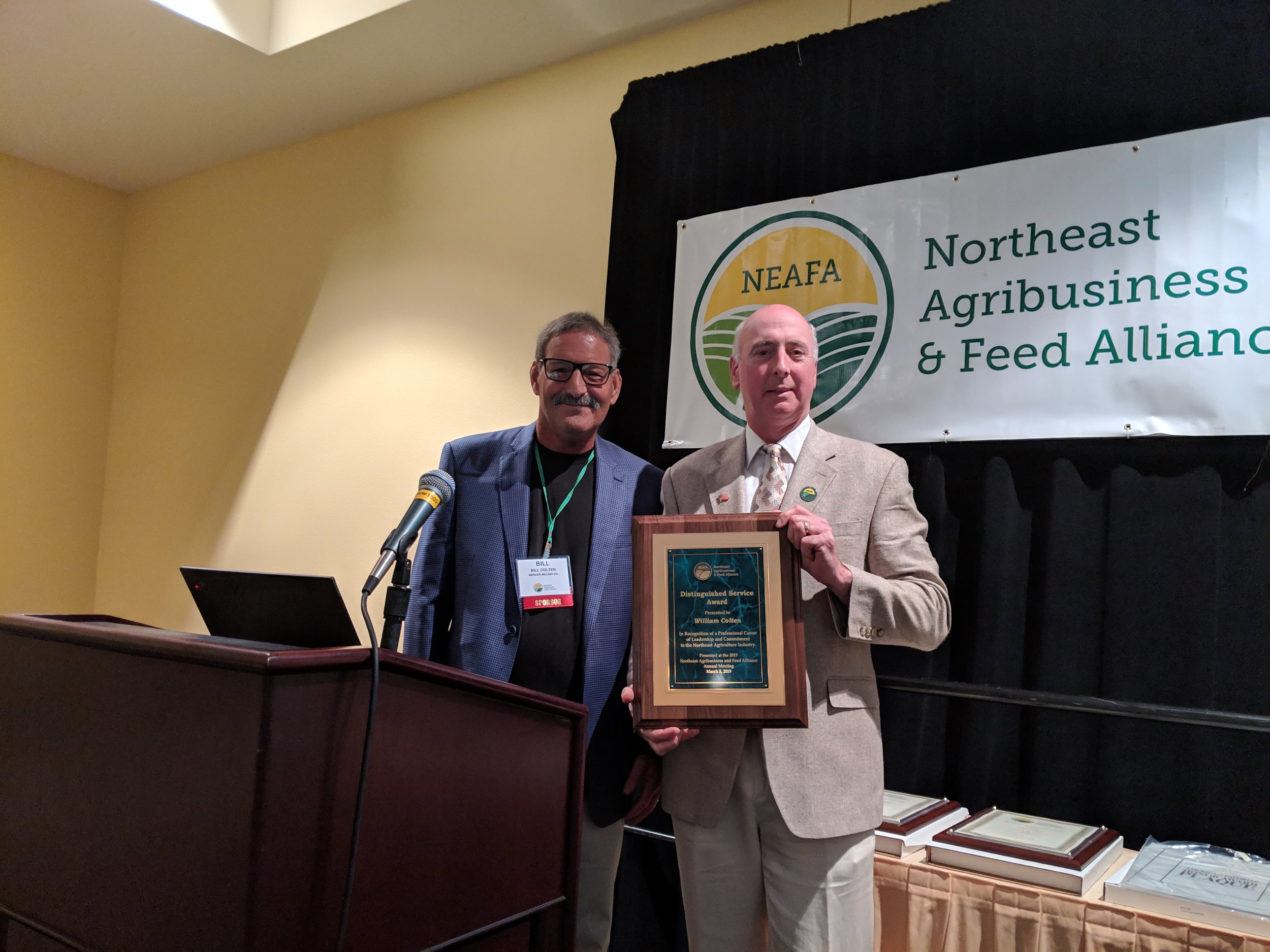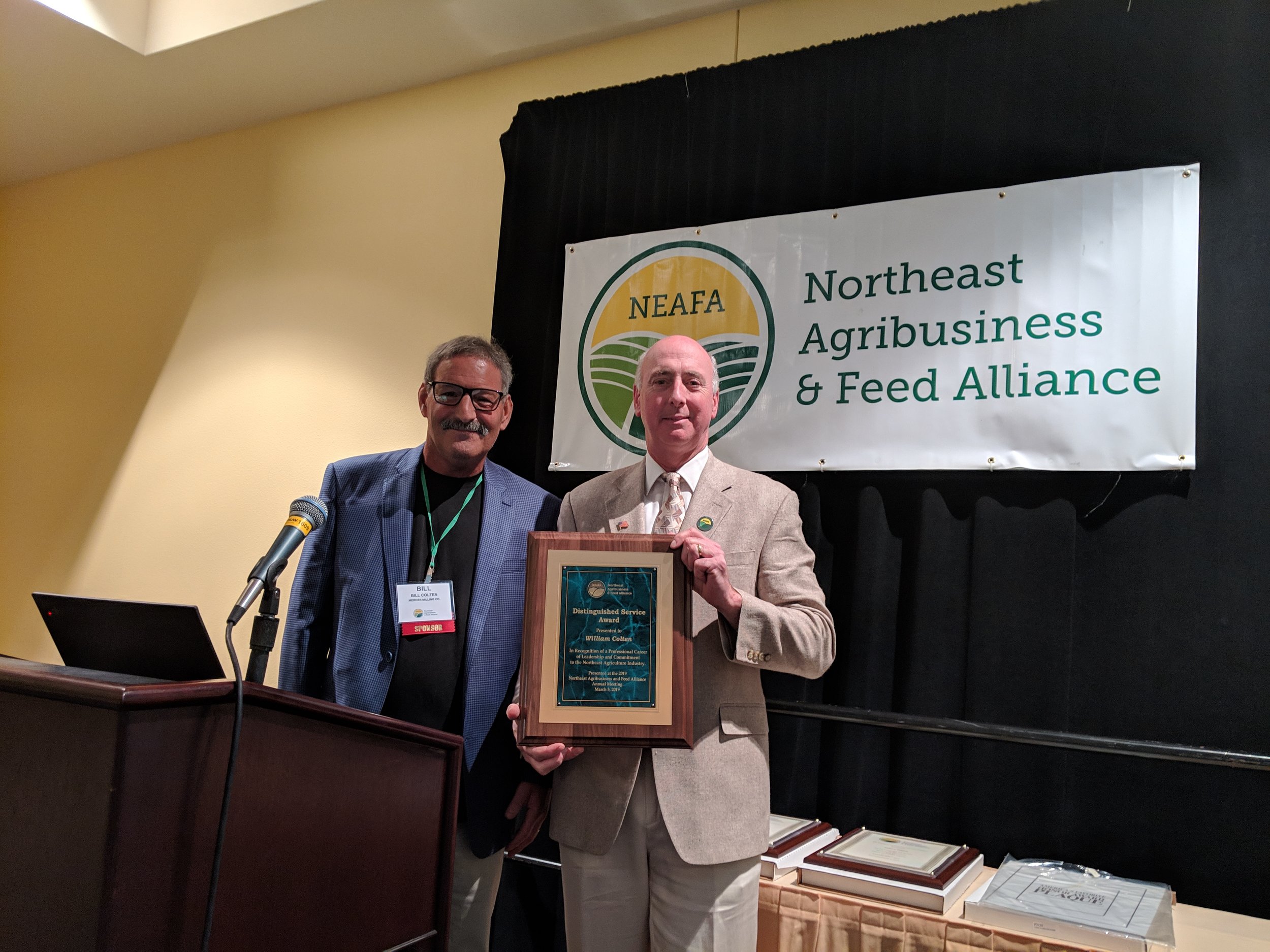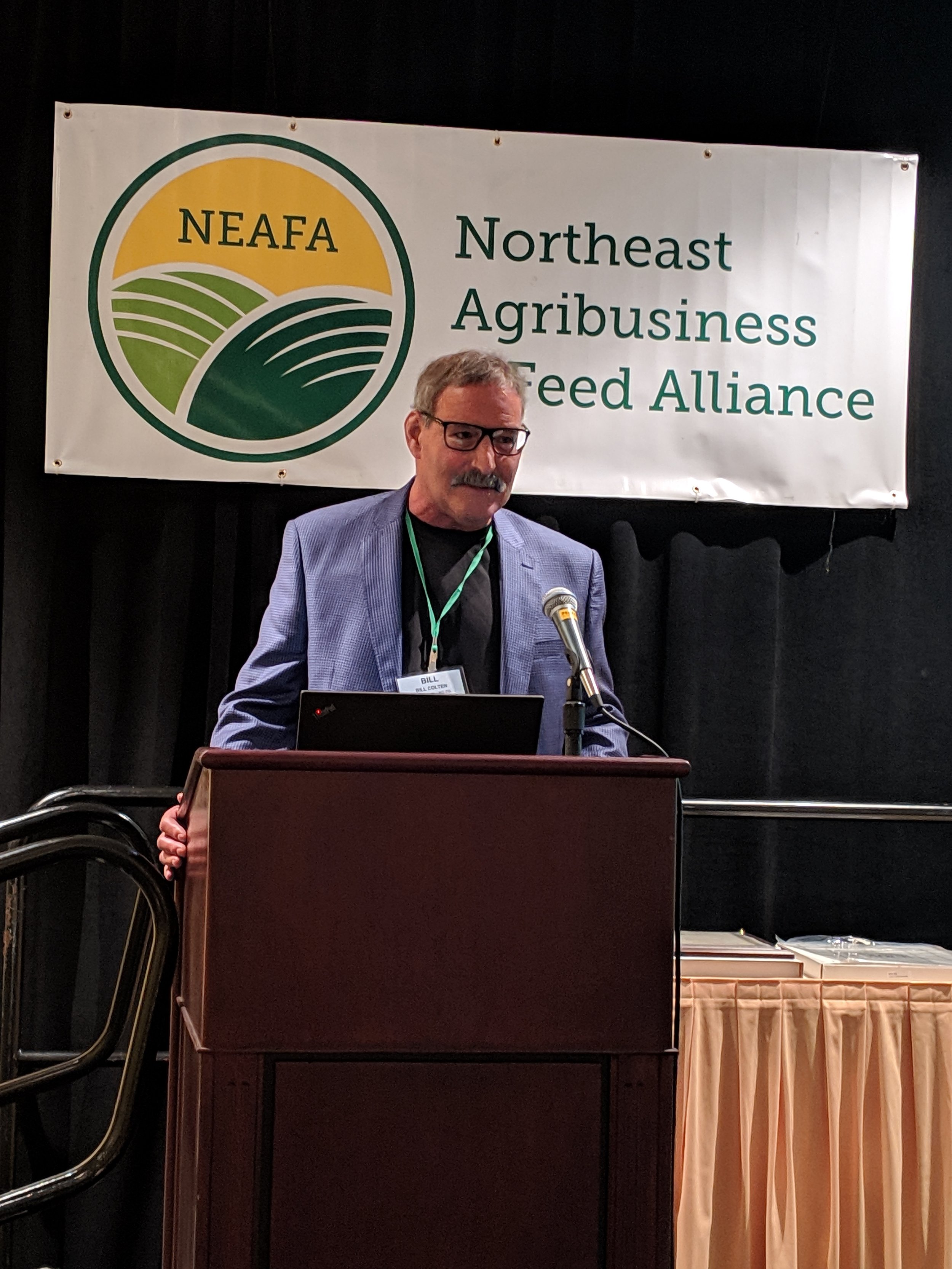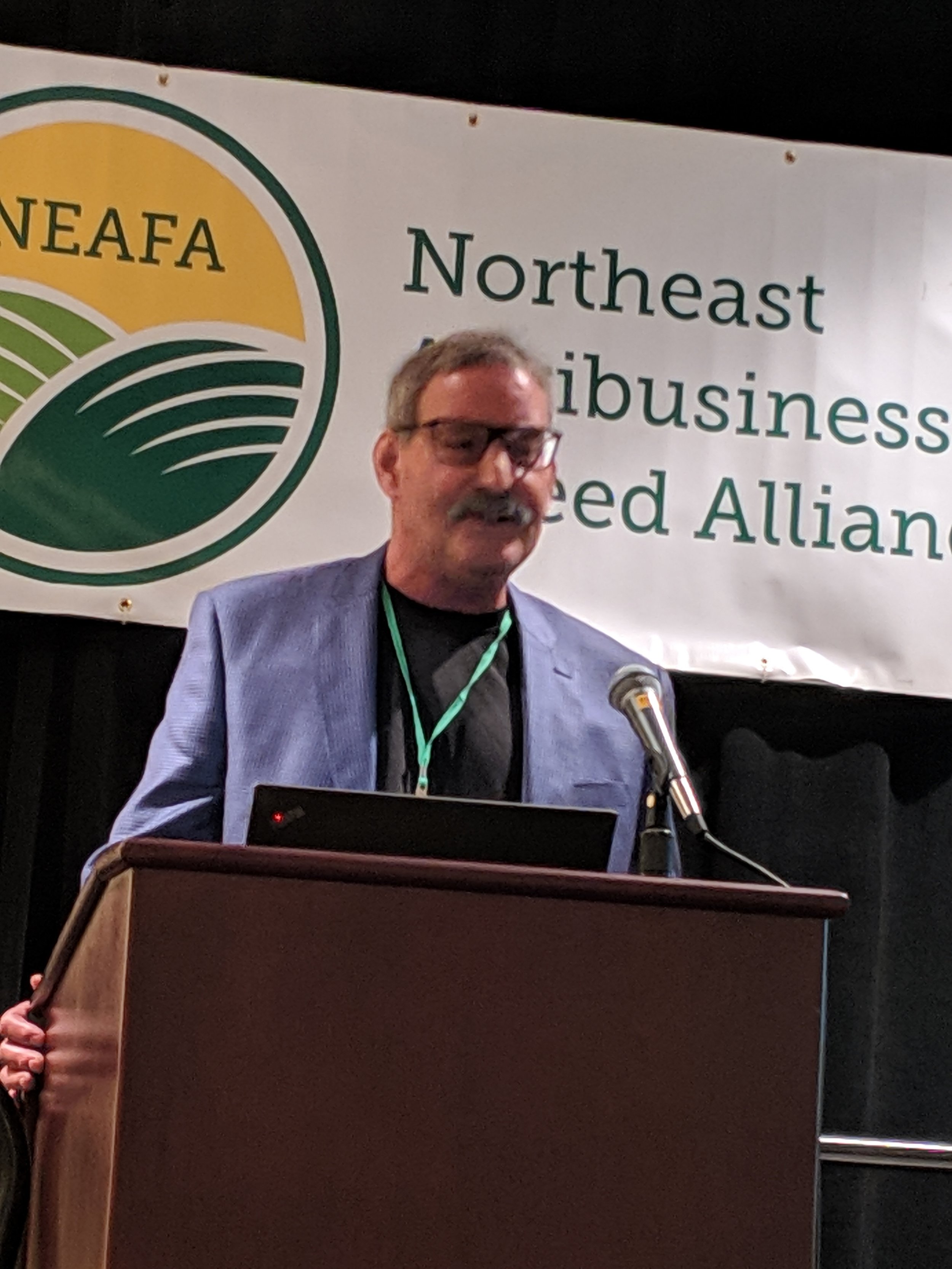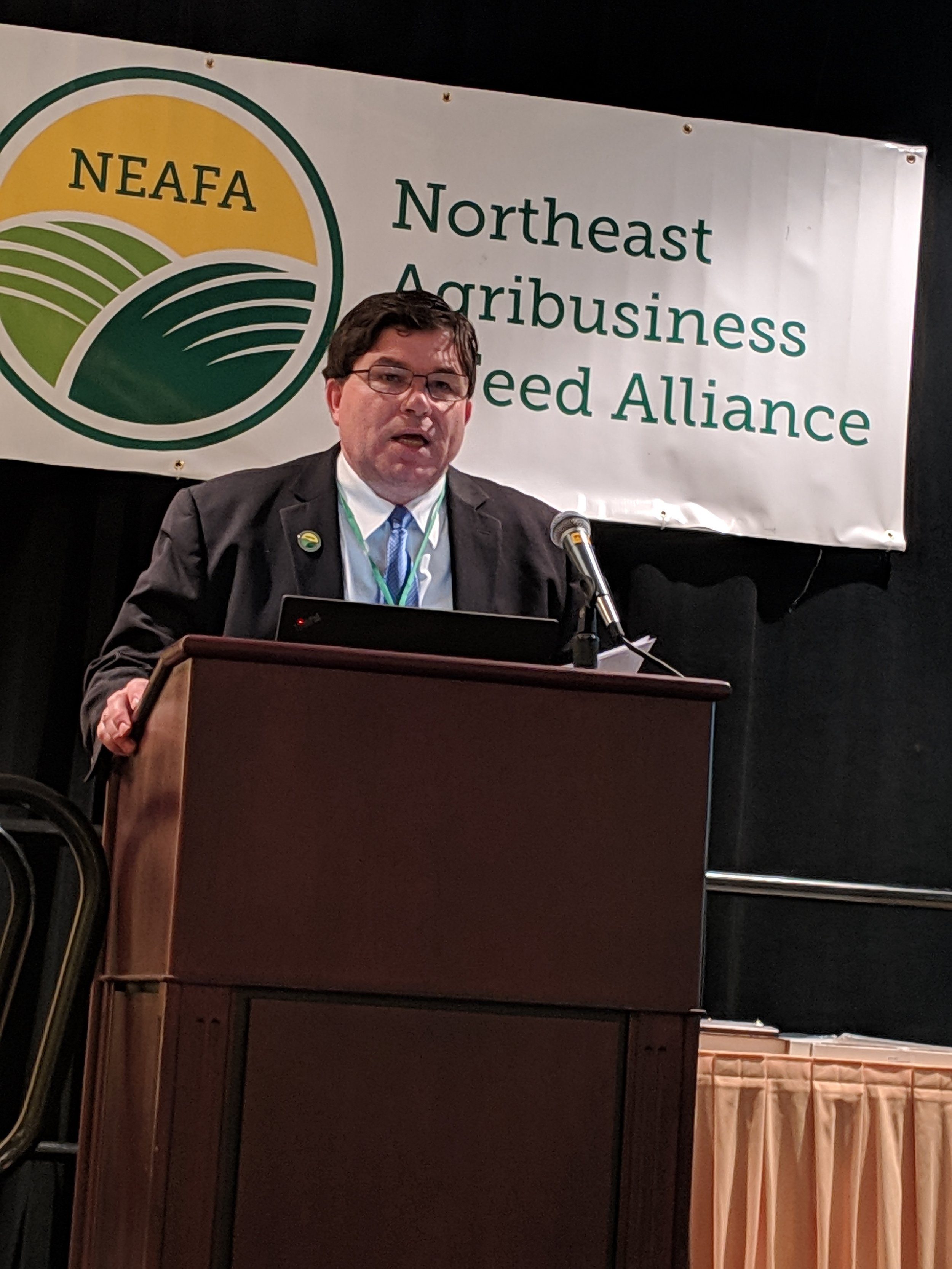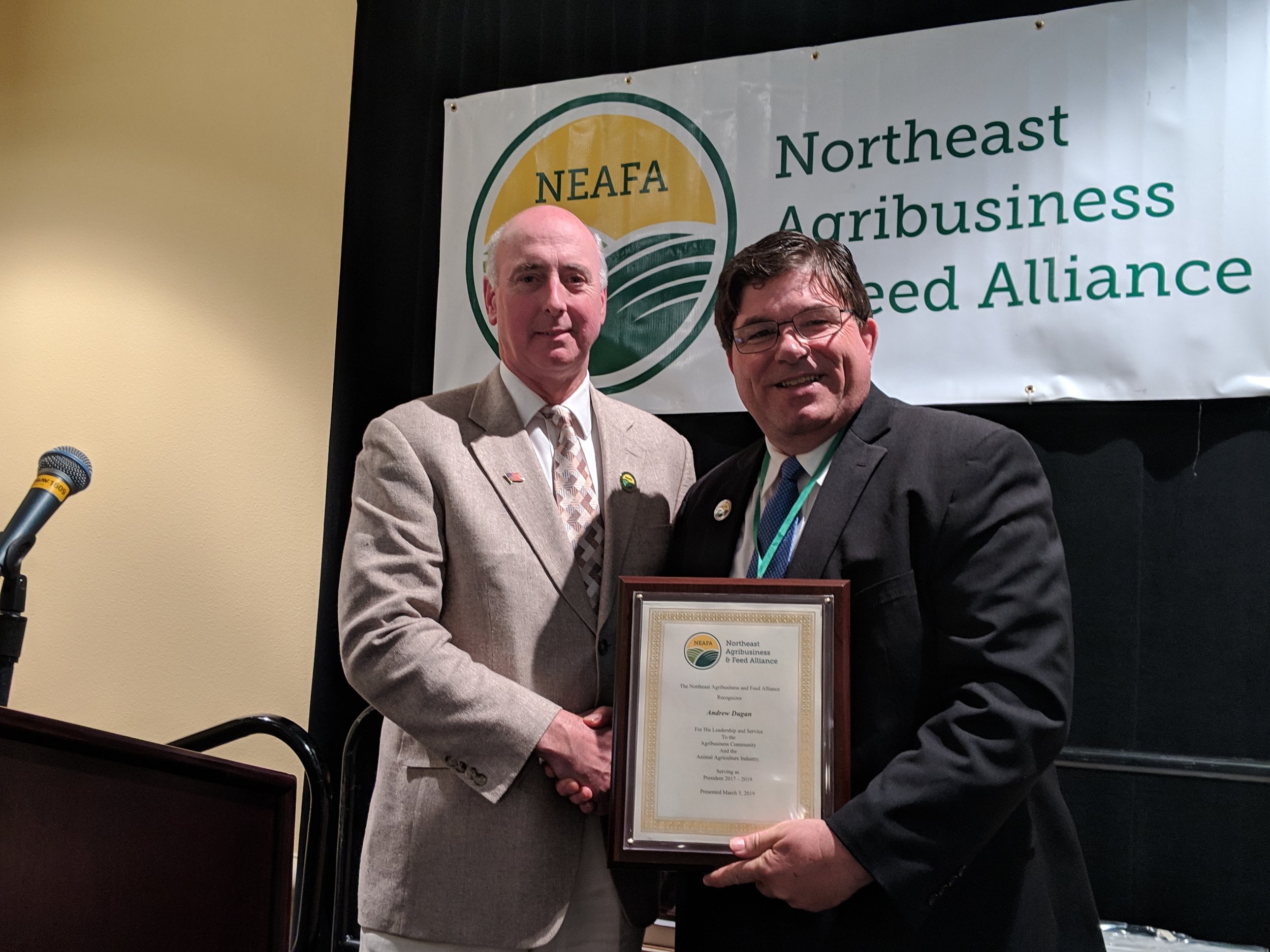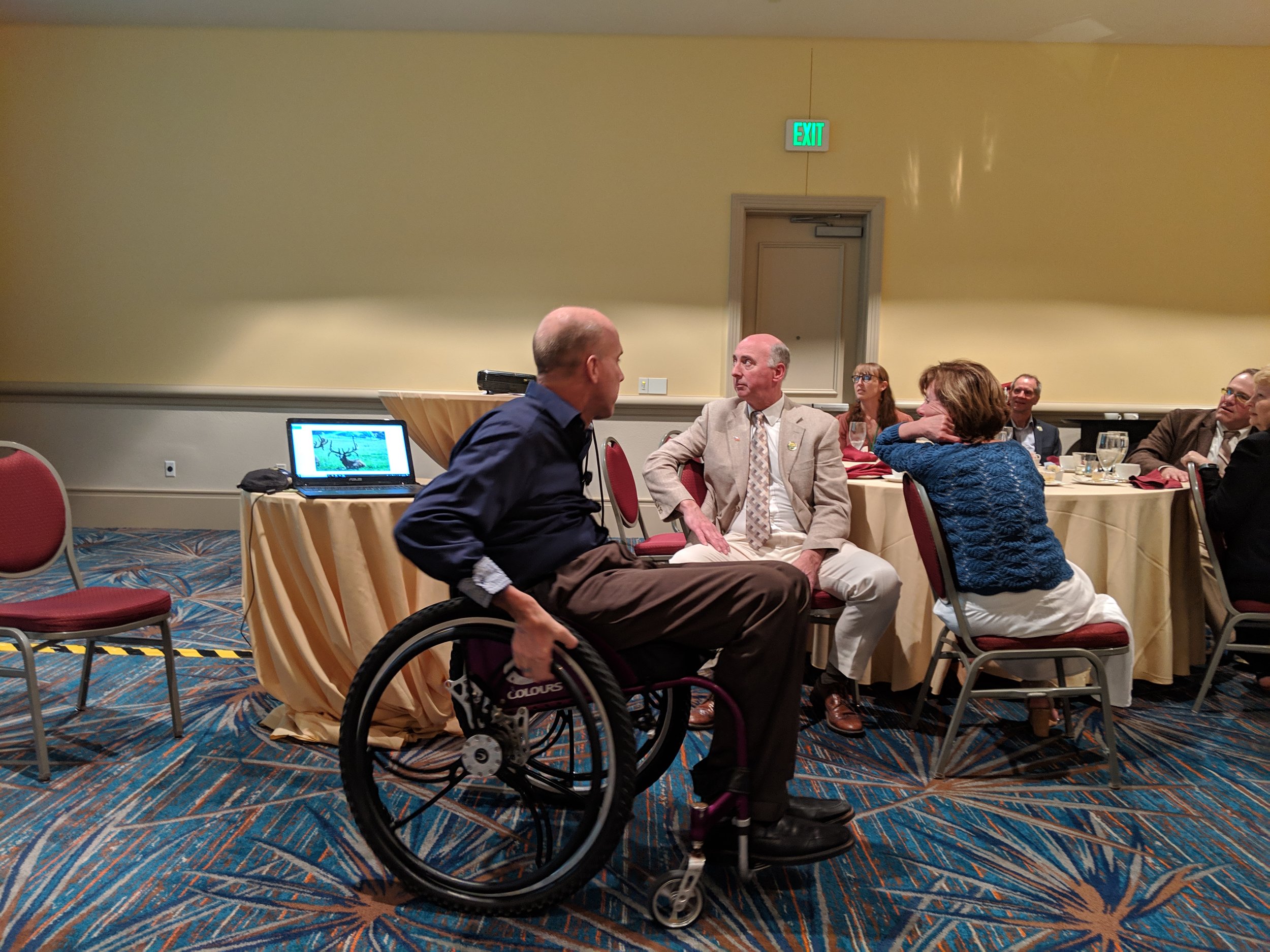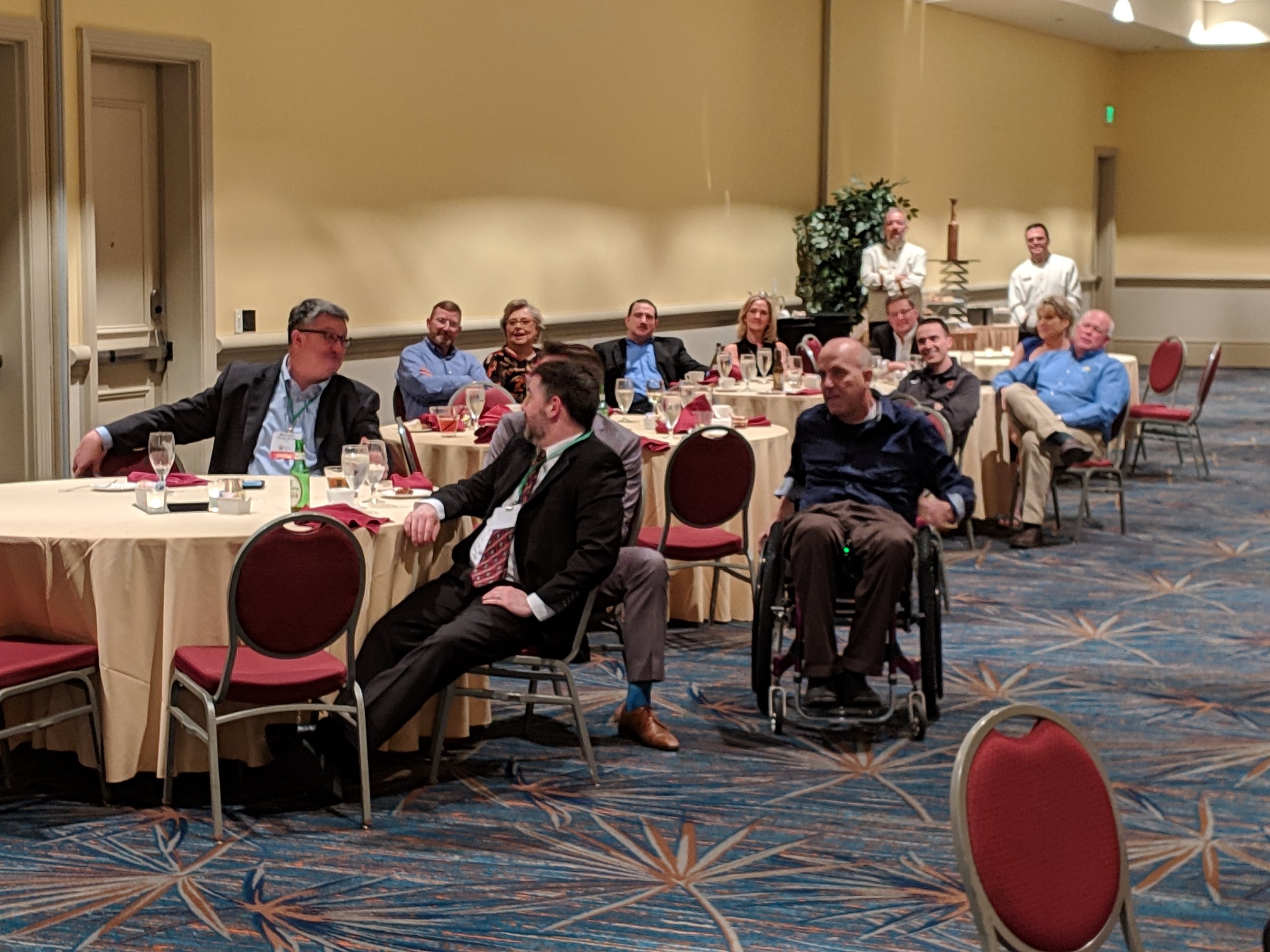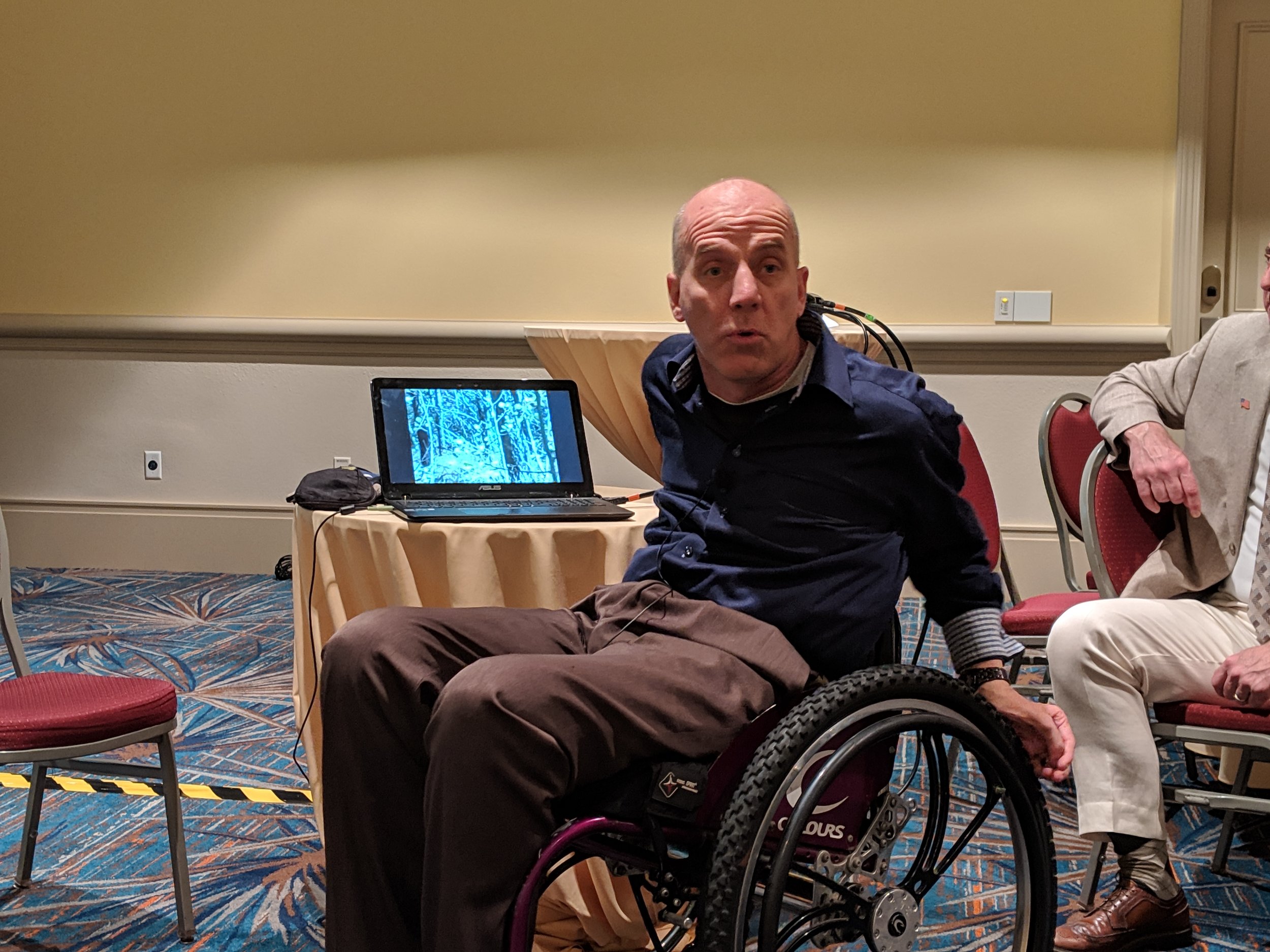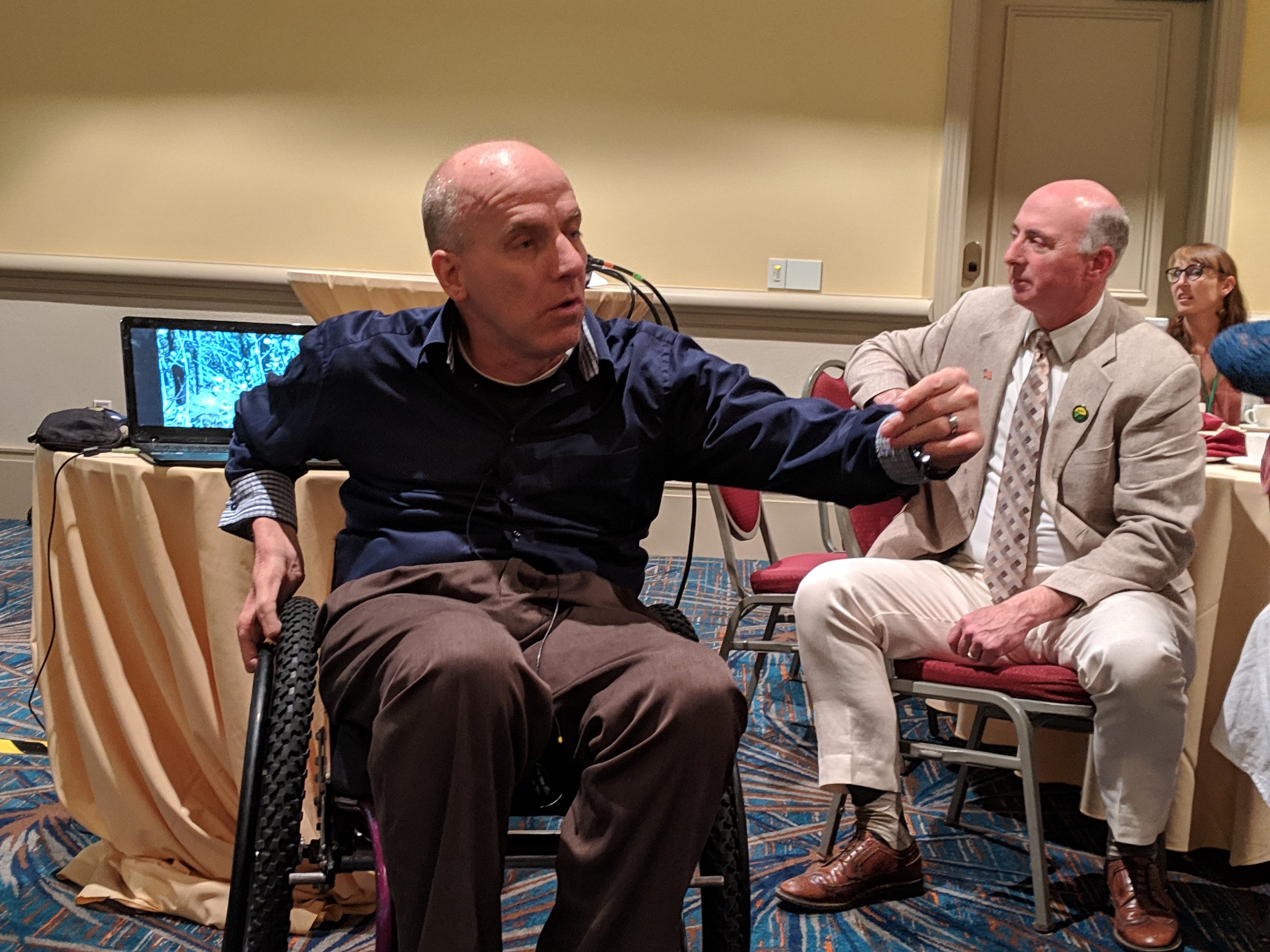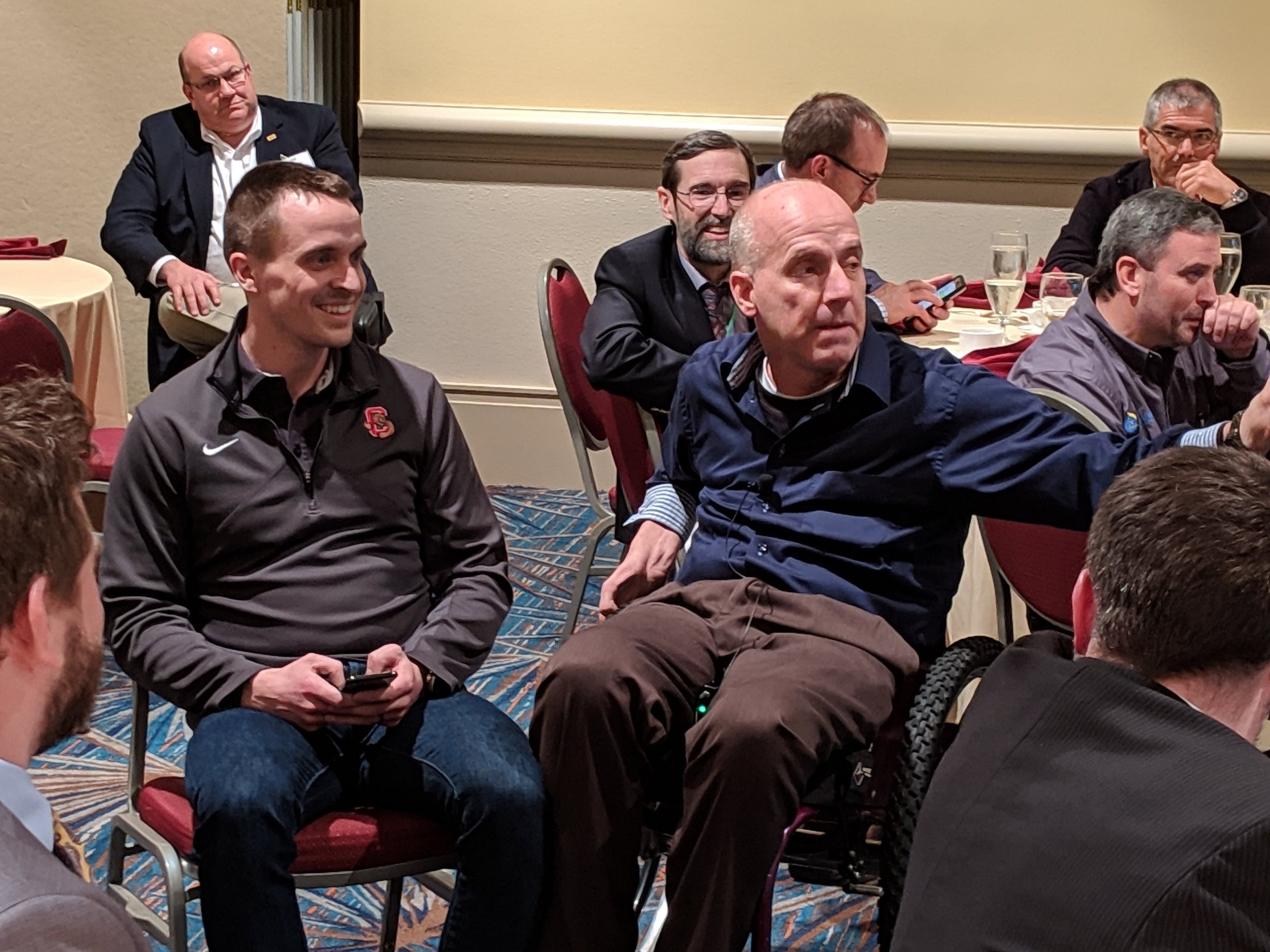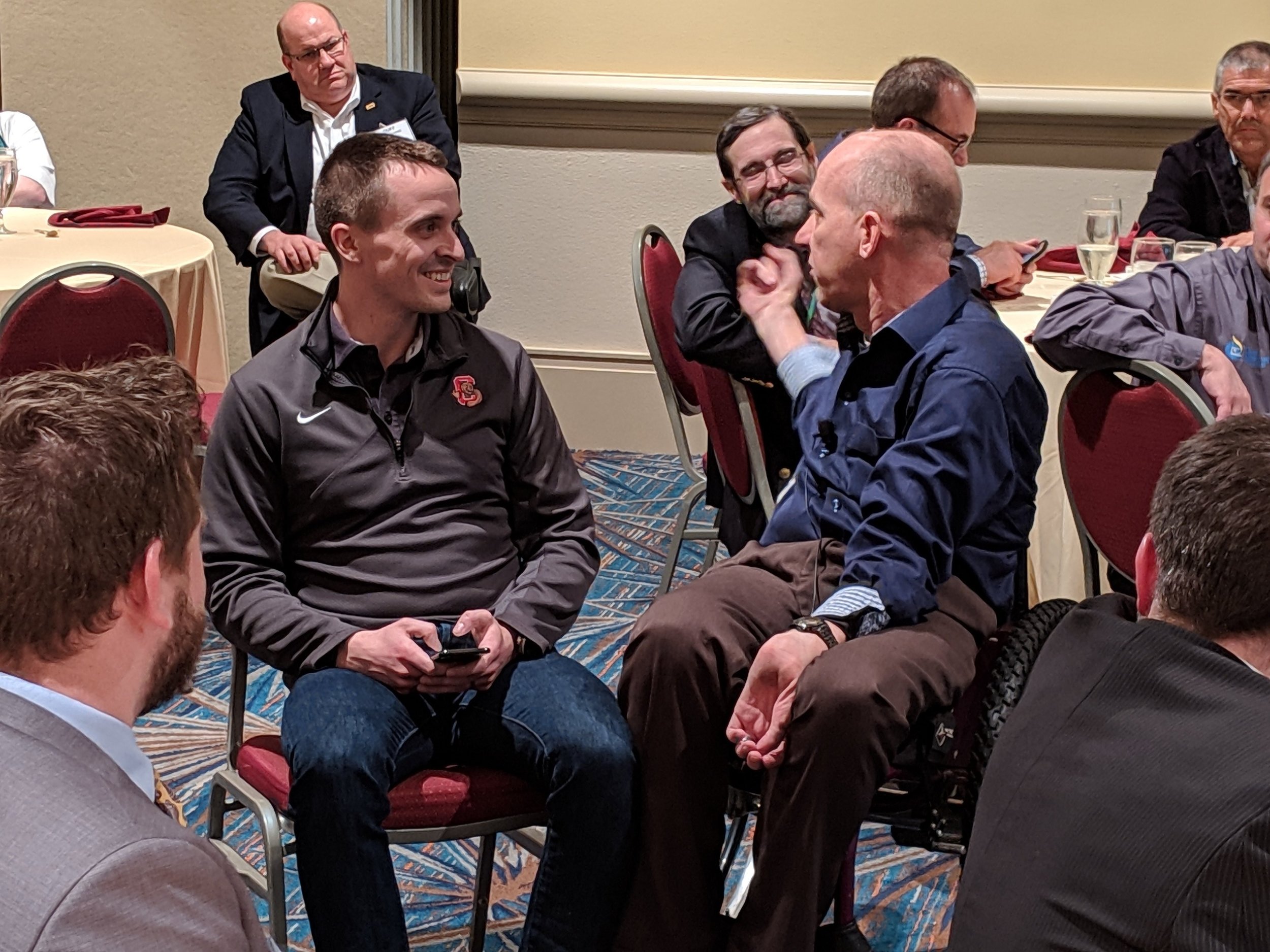Much is happening on the public policy front, in state capitals and in Washington, and it may feel a bit overwhelming at times. News sources are filled with headlines about trade disputes, low commodity prices, weather events challenging farmers’ planting schedules, and state legislatures considering bills that could severely impact our industry. It’s hard to keep up! But you should know that NEAFA is keeping up and working aggressively, in collaboration with others, to address many of the policy issues facing our industry.
As new trade agreements continue to be at the forefront of national news, our partnerships with AFIA and NGFA provide us with opportunities to weigh in with a host of other agribusiness associations across the country, to express our concern over current trade disputes and calling for rapid resolution. Our great agriculture industry depends extensively on international markets, and we have invested heavily over the years to become a dependable trading partner of high-quality commodities. In particular, our industry is calling for swift resolution of all disputes, and NEAFA is part of this loud outcry.
In New York, the state legislature is considering drastic changes to current farm labor laws that will mandate collective bargaining and overtime above 8 hours a day and 40 hours a week. State Senate Labor Committee hearings took place in April and NEAFA was there. NEAFA President John Clark and Secretary Lon Stephens presented testimony echoing a broad farm community outcry of concern to ability of New York’s agriculture to survive such burdensome mandates (see article about Clark’s testimony below). Both Clark and Stephens pointed to the Farm Credit East study that determined that farm income is likely to go down by an average of 28% should the current bill pass as-is. Both statements emphasized the ripple effect onto the agribusiness community should the state legislative proposal be enacted into law. NEAFA will remain an active participant of a collaborative industry wide effort to mitigate this serious threat.
Further state legislative concerns come in the form of pesticide bans, seed regulation, and additional taxes to fund water quality regulations and these are only a few of the many state legislative challenges facing northeast agriculture. At least a half dozen bills banning various pesticide products including Lorsban, Atrazine, Glyphosate and neonicotinoids have been introduced in the NYS Legislature. One bill banning Lorsban (Chlorpyrifos) has already passed both houses and will be considered by the Governor. We are actively promoting a veto and have joined with NYSABA and other agriculture organizations to get letters into the Governor’s office. Be sure to respond to our action request to sign a petition calling for the Governor to veto the pesticide ban bill (www.northeastalliance.com)! In Vermont, the state legislature is considering a last-minute effort to further regulate the introduction of new seed traits into the state, along with raising funds to fuel water quality regulations. Both items could place additional burdens onto the agriculture industry, and we are part of a collaborative effort, along with the Vermont Dairy Farm Alliance, Green Mountain Dairy Federation and Vermont Farm Bureau, to push back on both fronts.
Thankfully, there are several bright spots for northeastern agriculture in the past month as well. In an effort to spread good news about farming in the northeast, NEAFA is active on several fronts. As part of the farm labor debate in New York, NEAFA joined the Grow NY Farms Campaign (www.grownyfarms.com) to help communicate the messages of what farmers are doing for their workforce, their families and their communities. Check out their website to view high-quality messages and videos that are being shared with policy makers and the general public. In addition, through the leadership and expertise of Meg Nelson, our legislative representative in Montpelier, we have been sharing excellent examples of Vermont’s dairy farm families and all they do for their communities. Check out our Facebook page by clicking here and see “What’s Happening in Vermont Agriculture.” There’s a lot of good news to share!
Clearly, this is a very active period for public policy discussions, some that pose significant change to our industry. NEAFA will continue to be part of the debate and make sure that the needs of the agricultural industry are heard by lawmakers.







